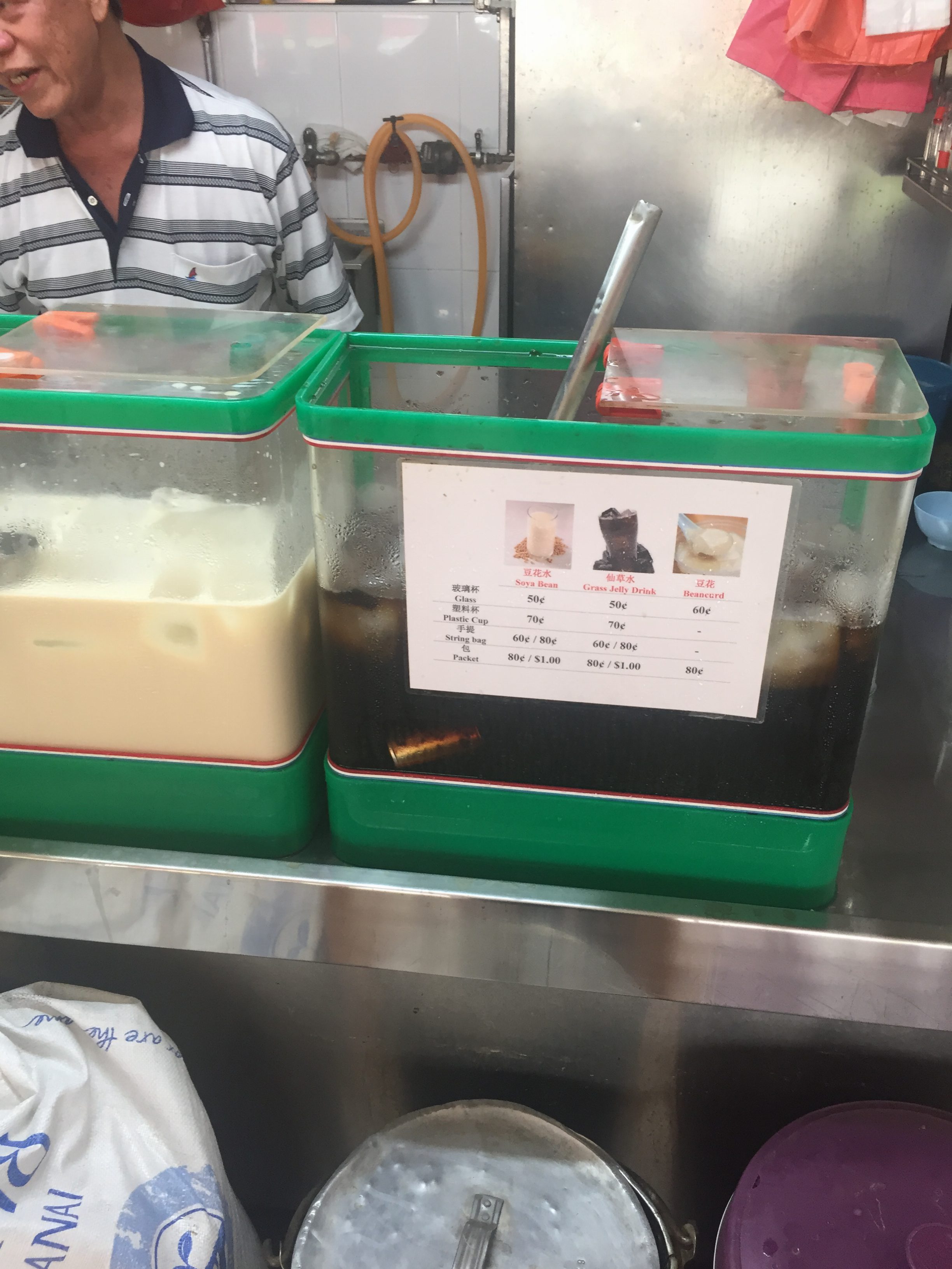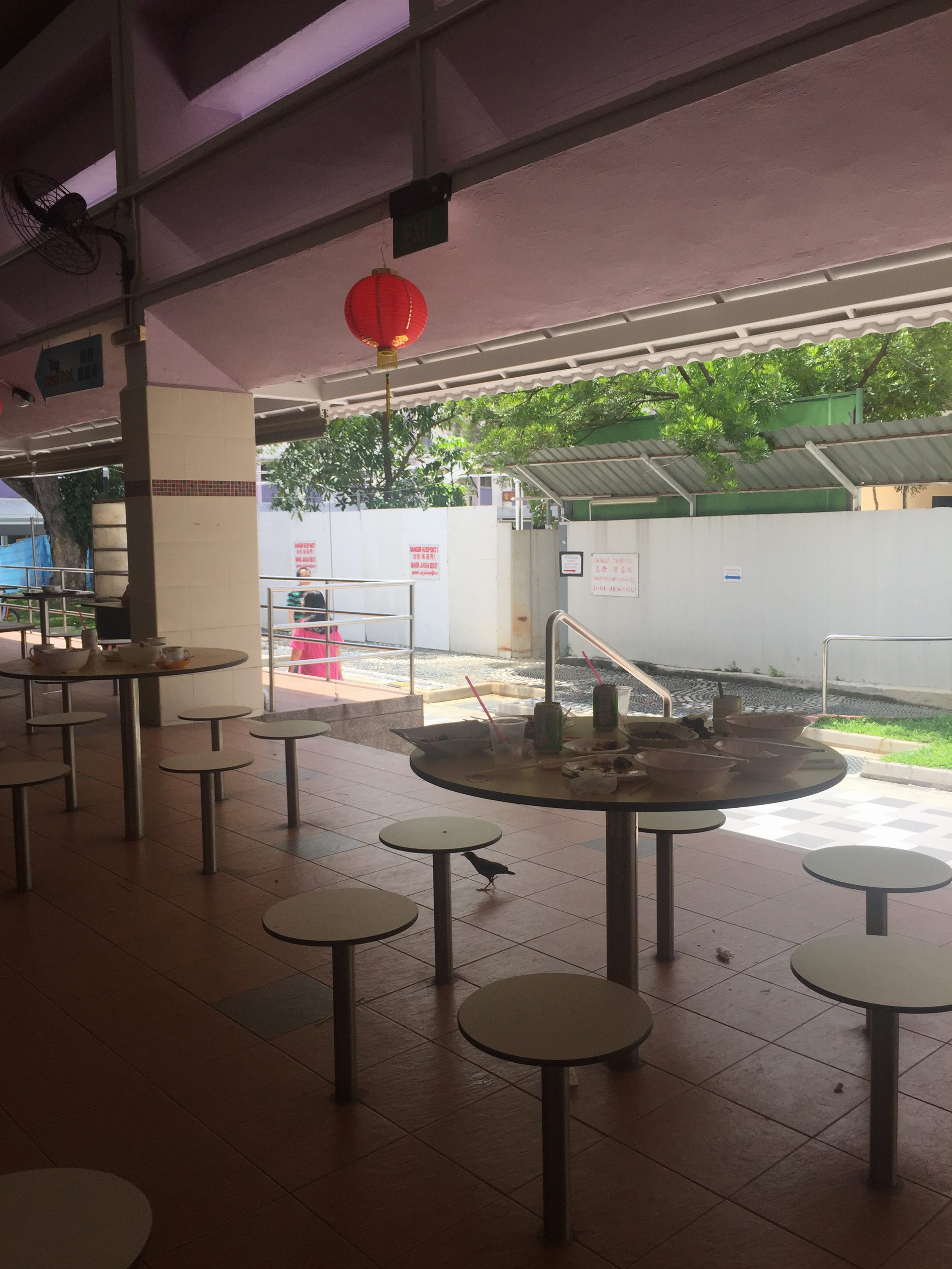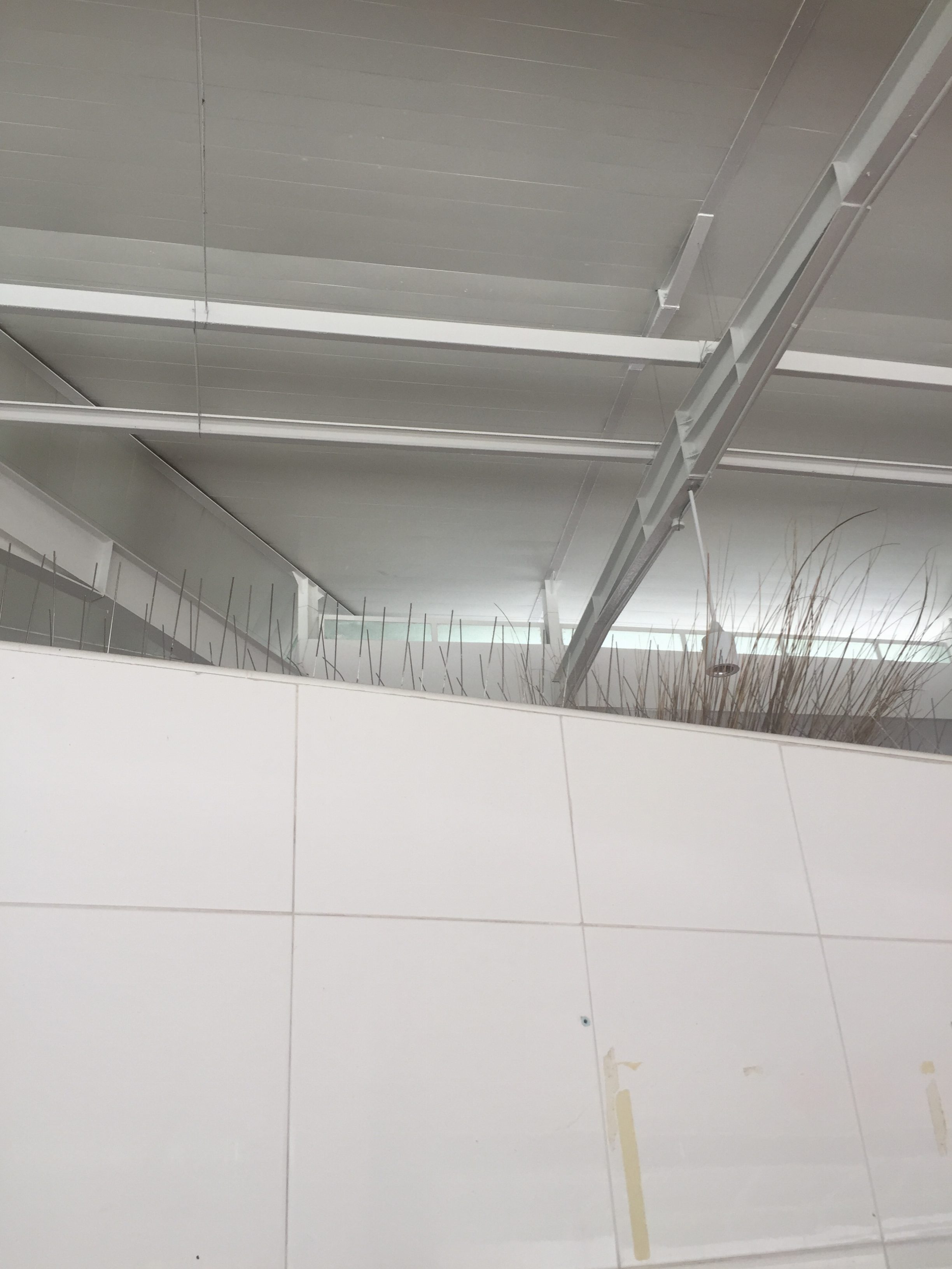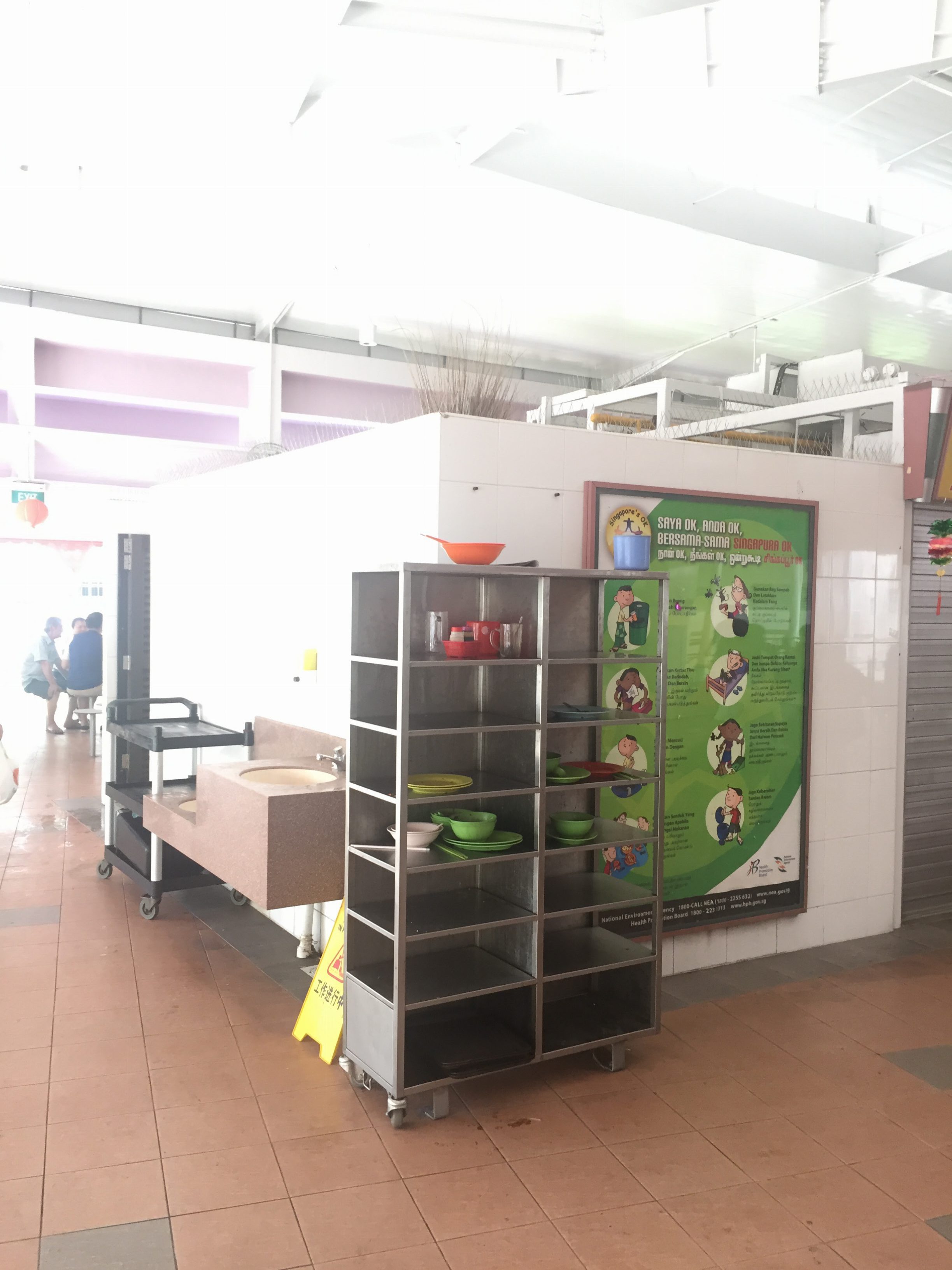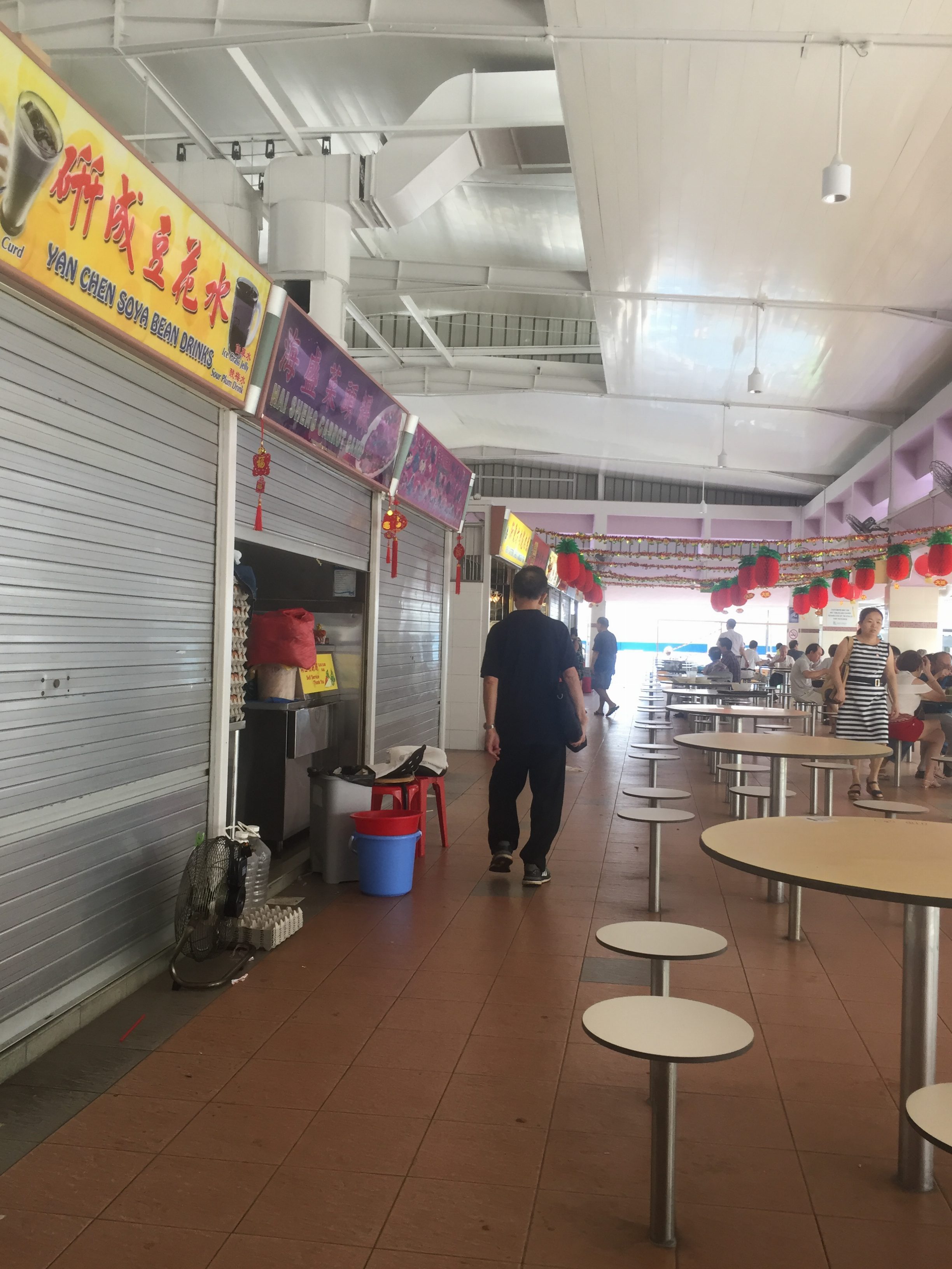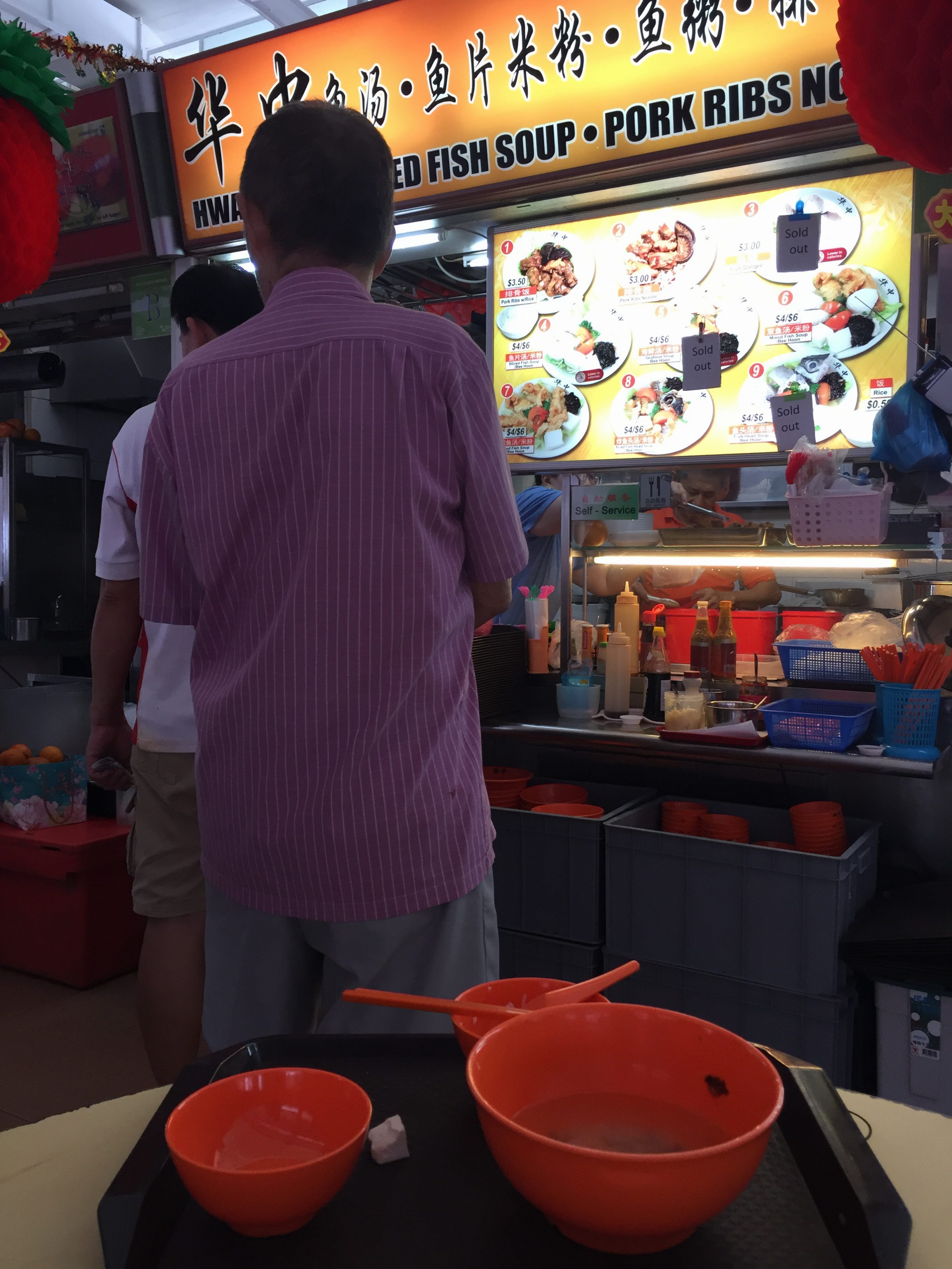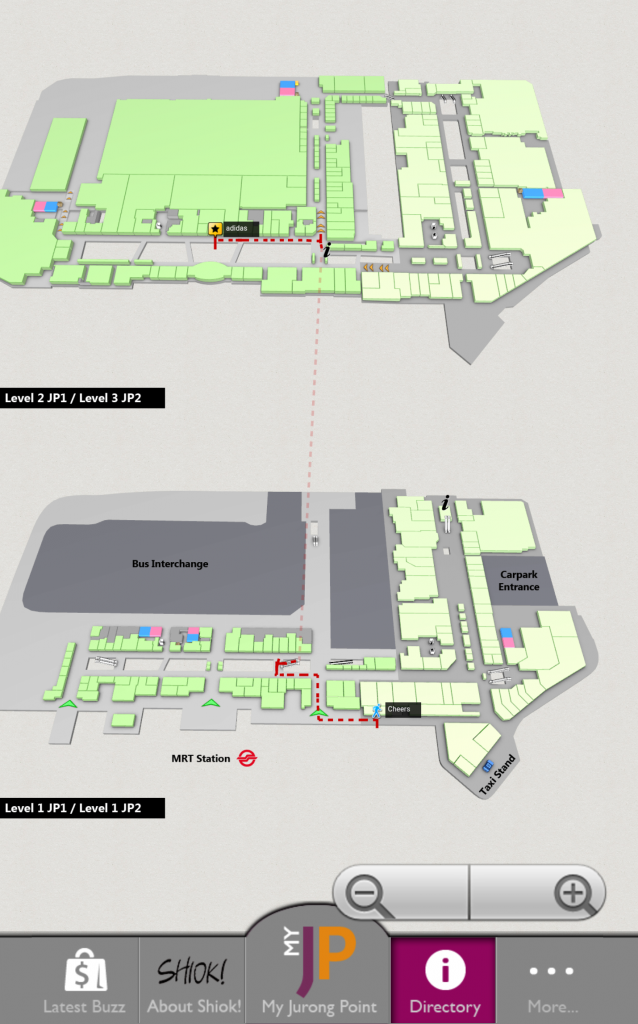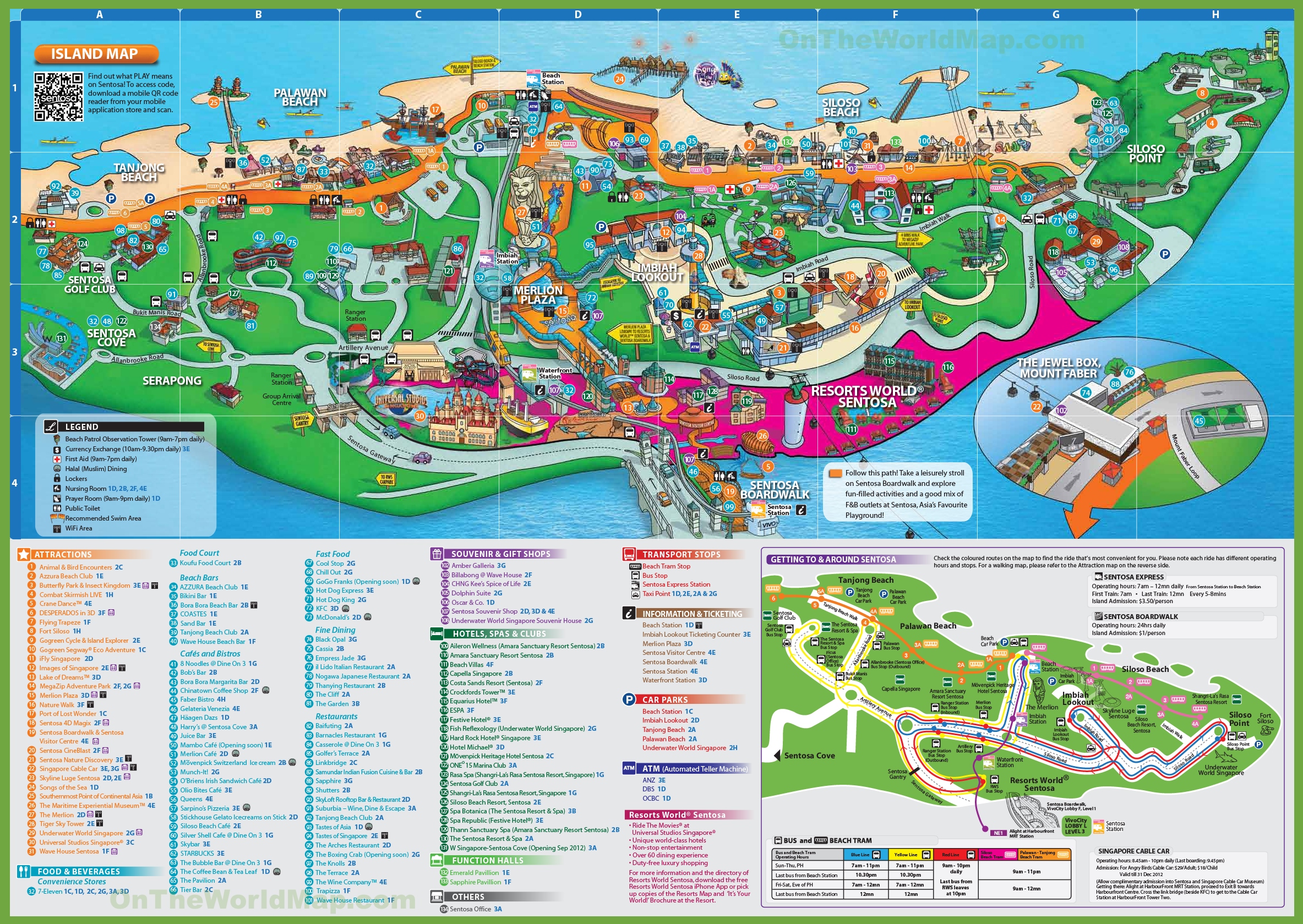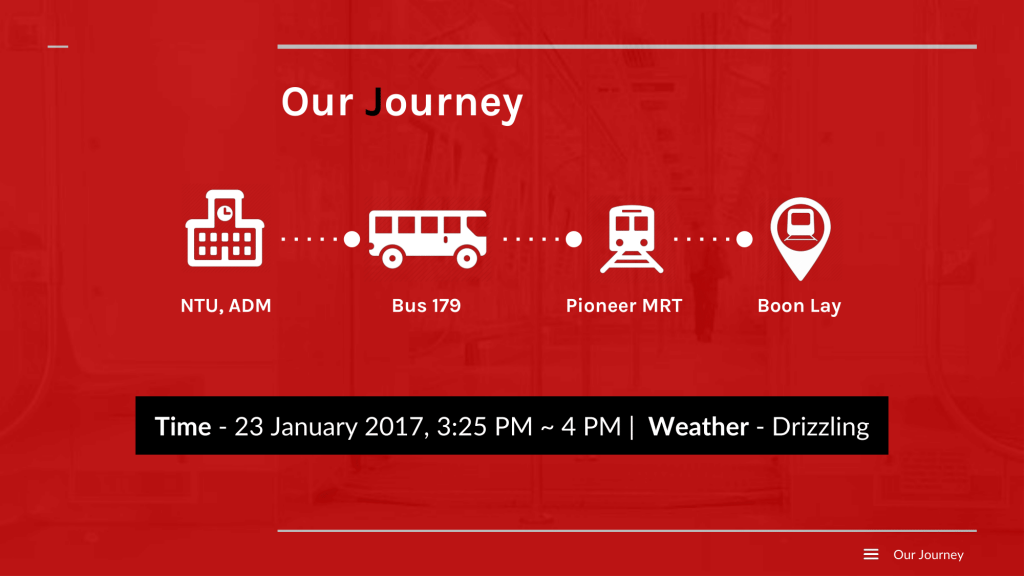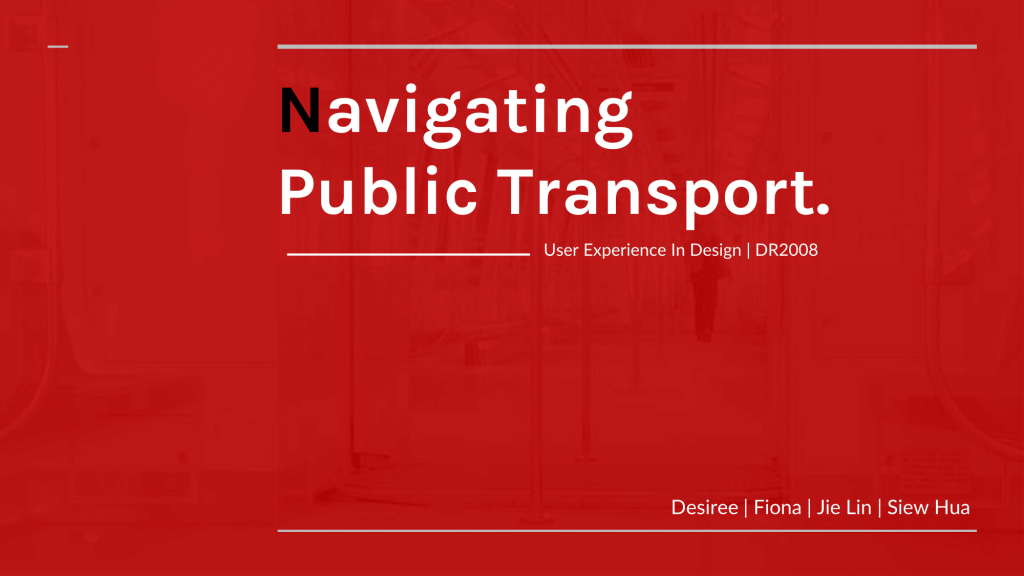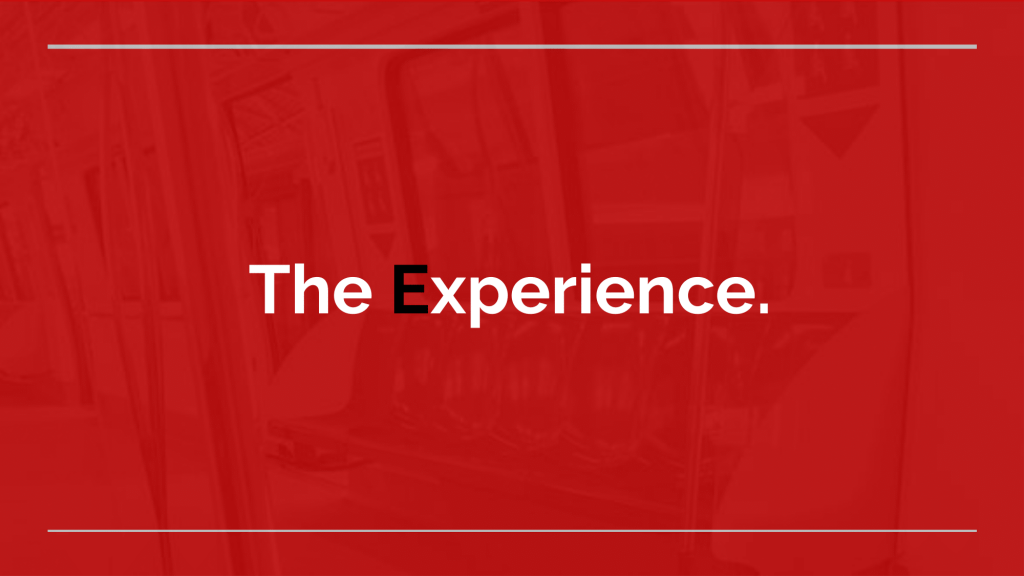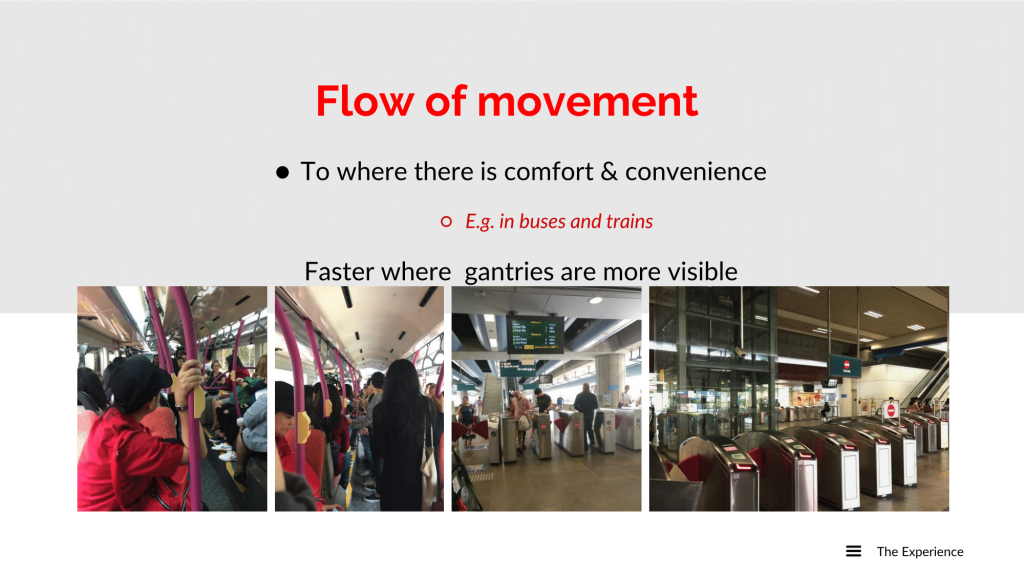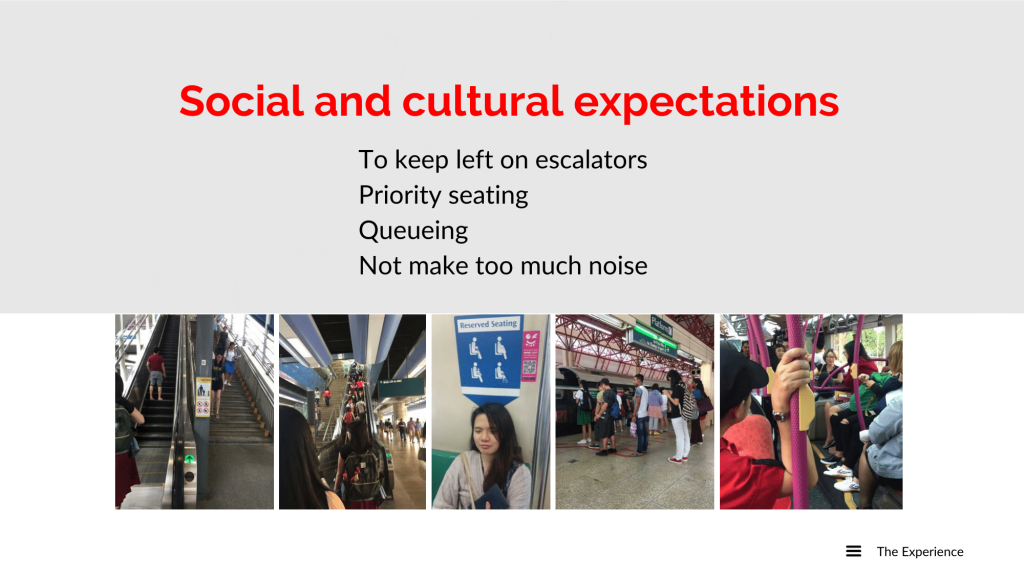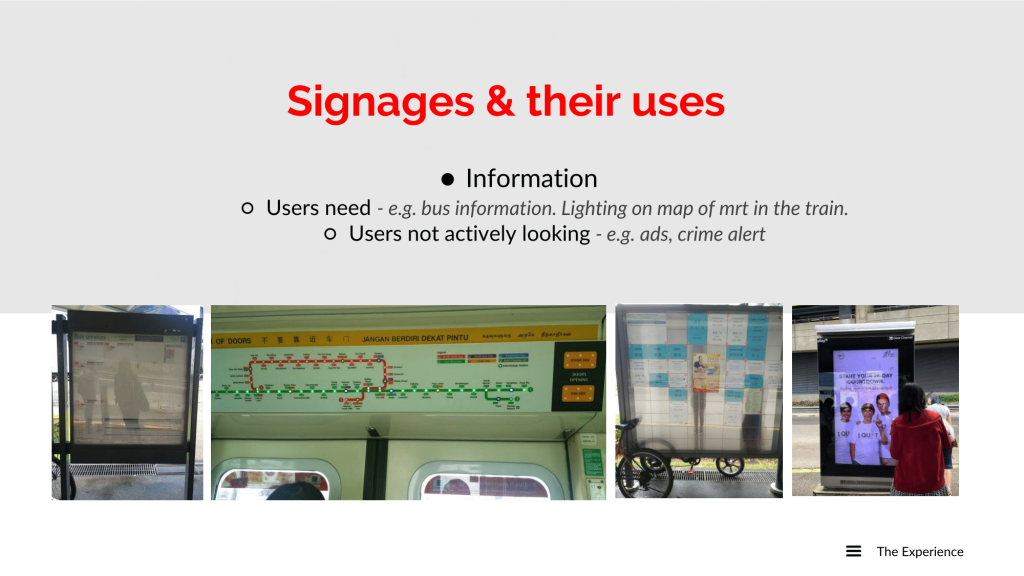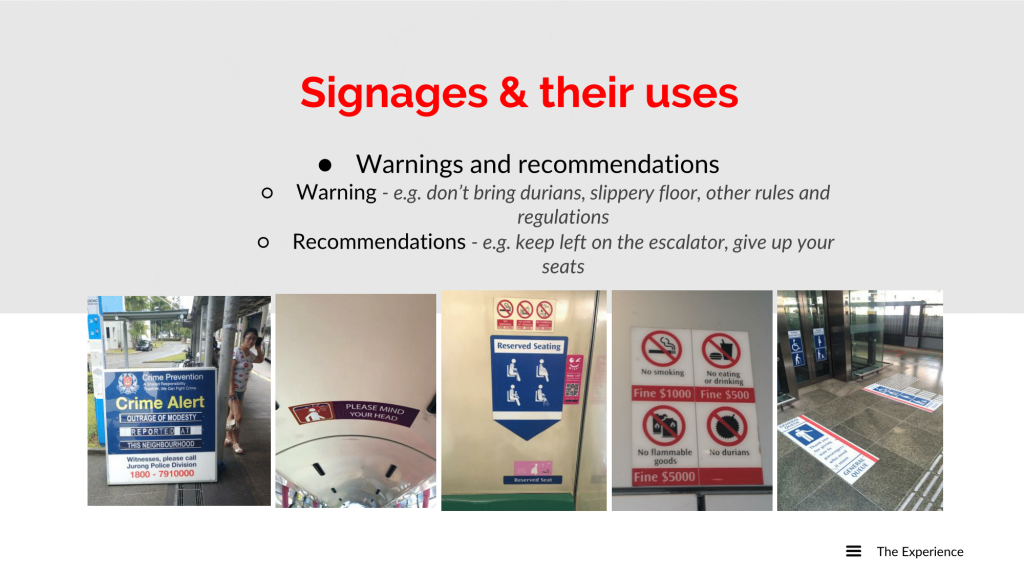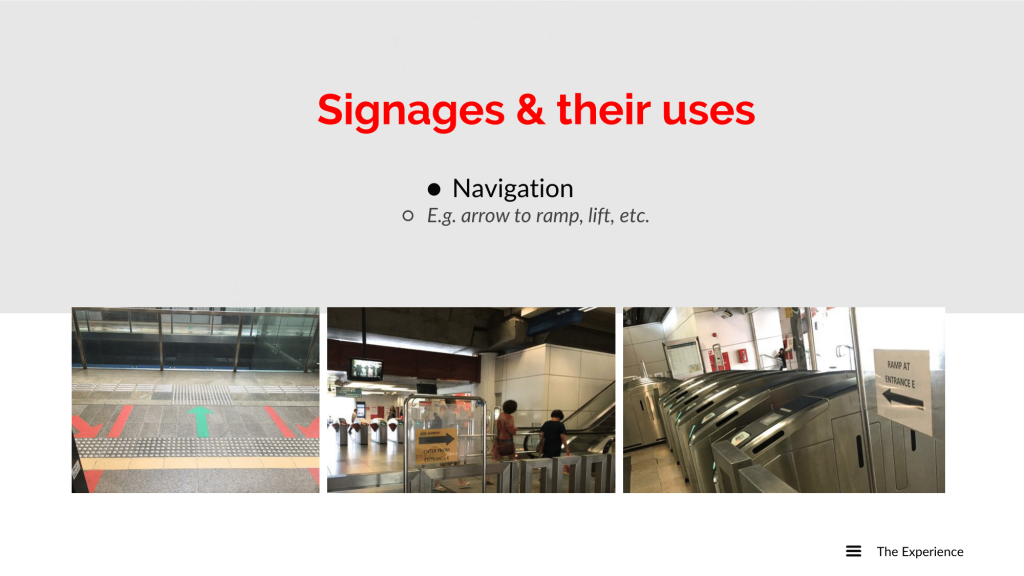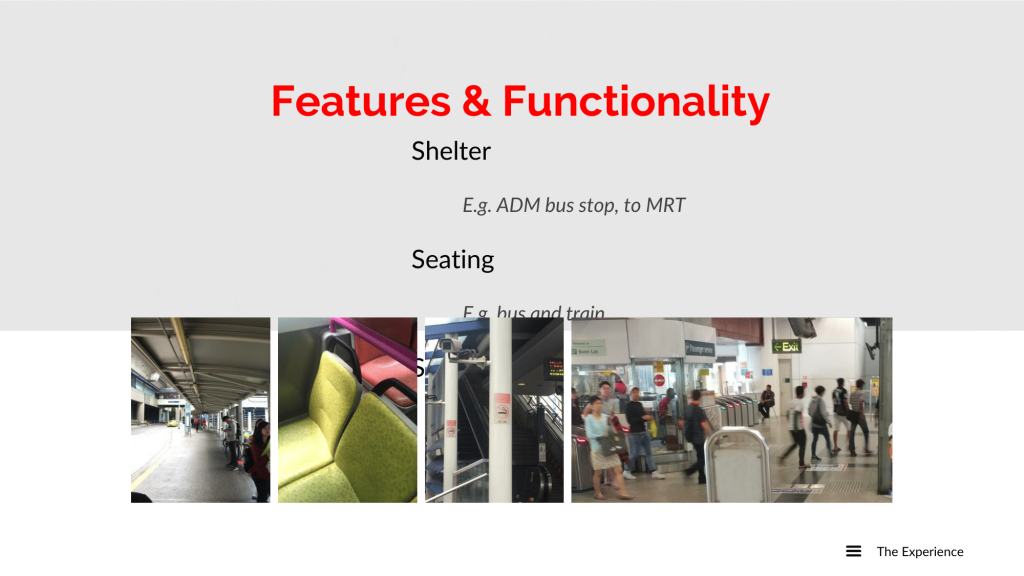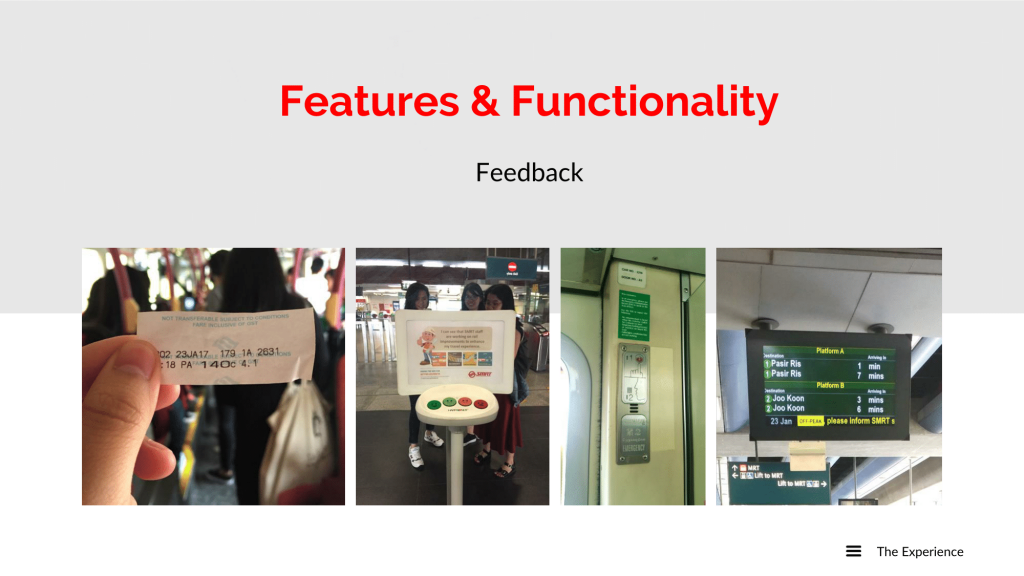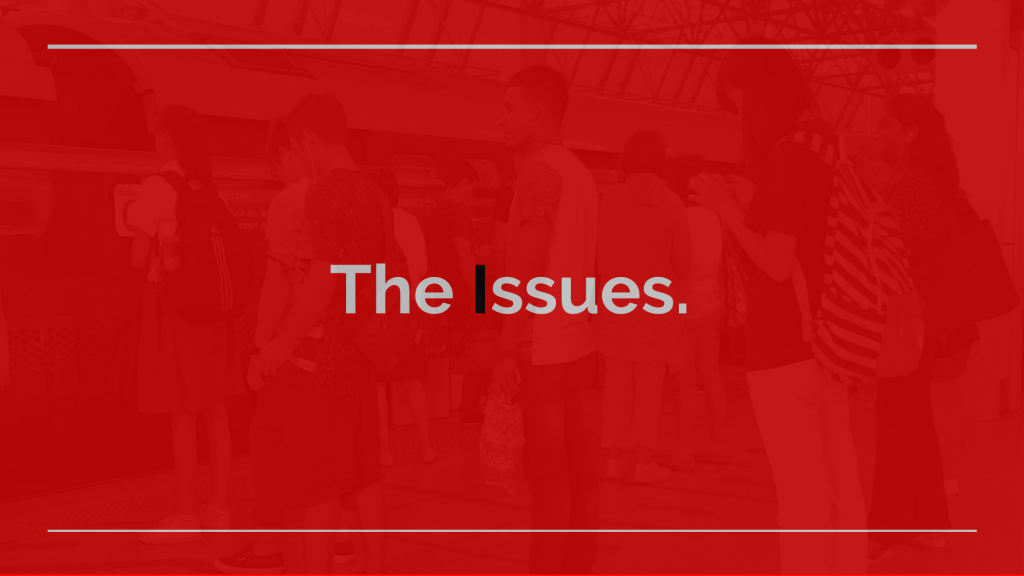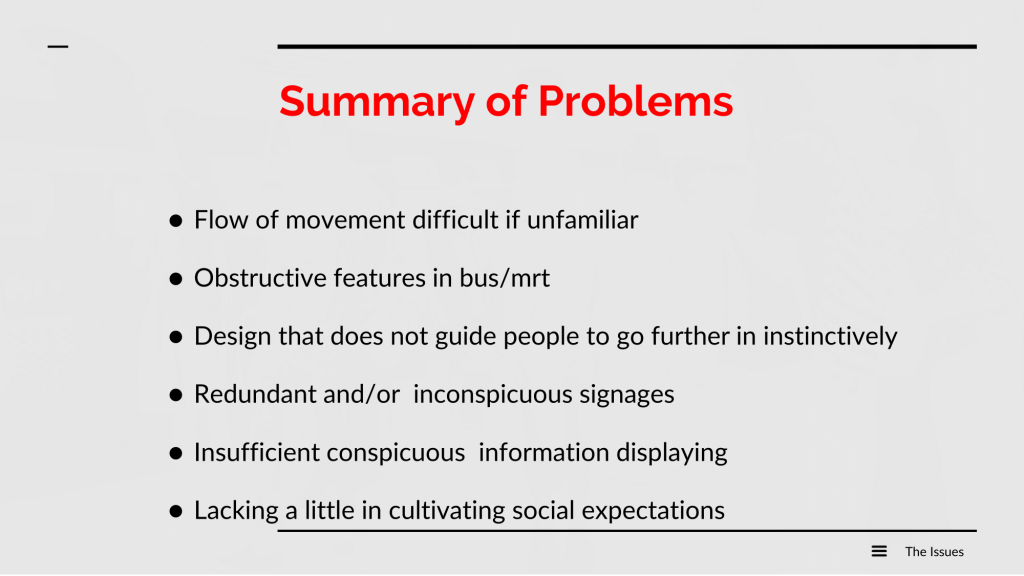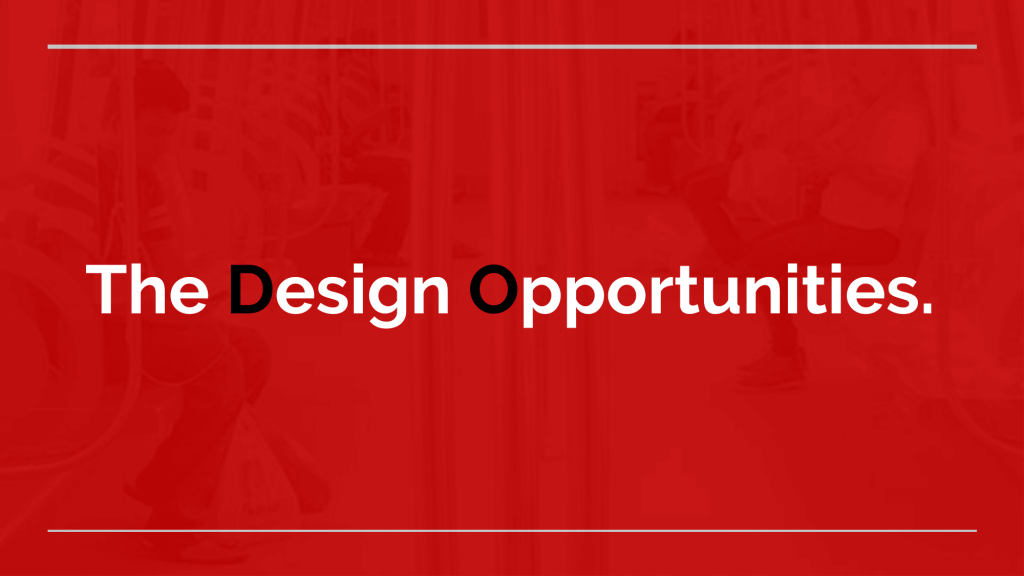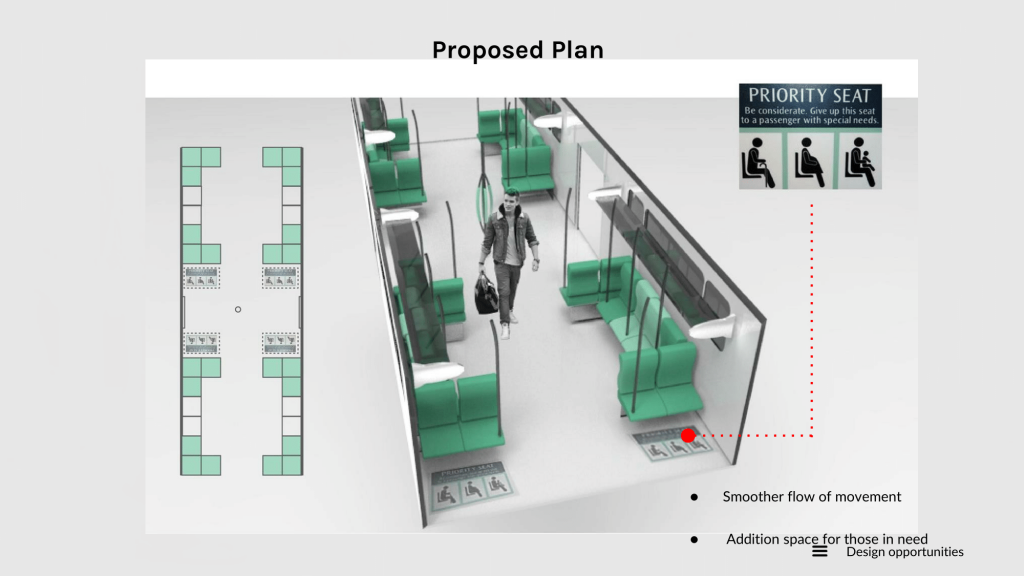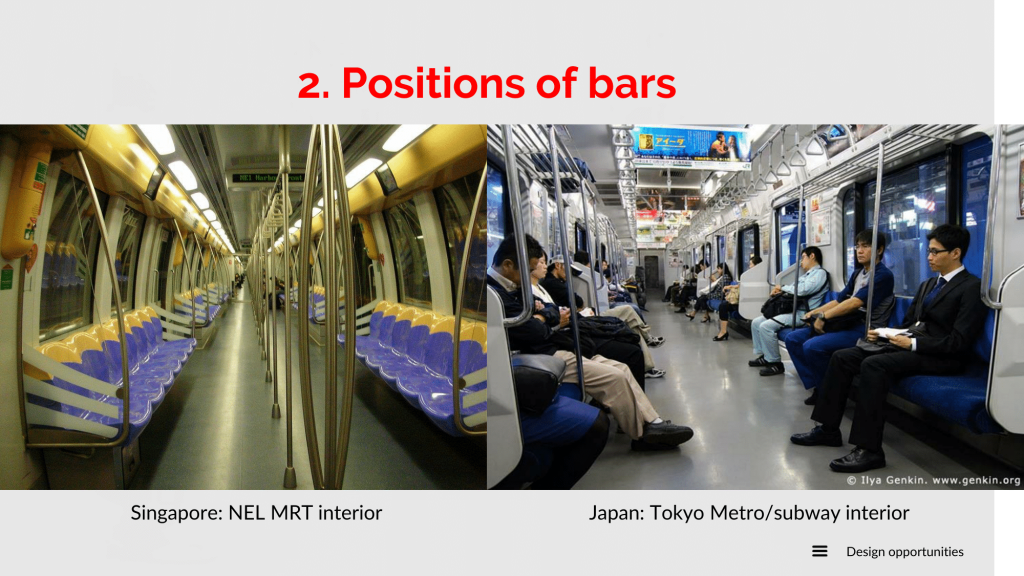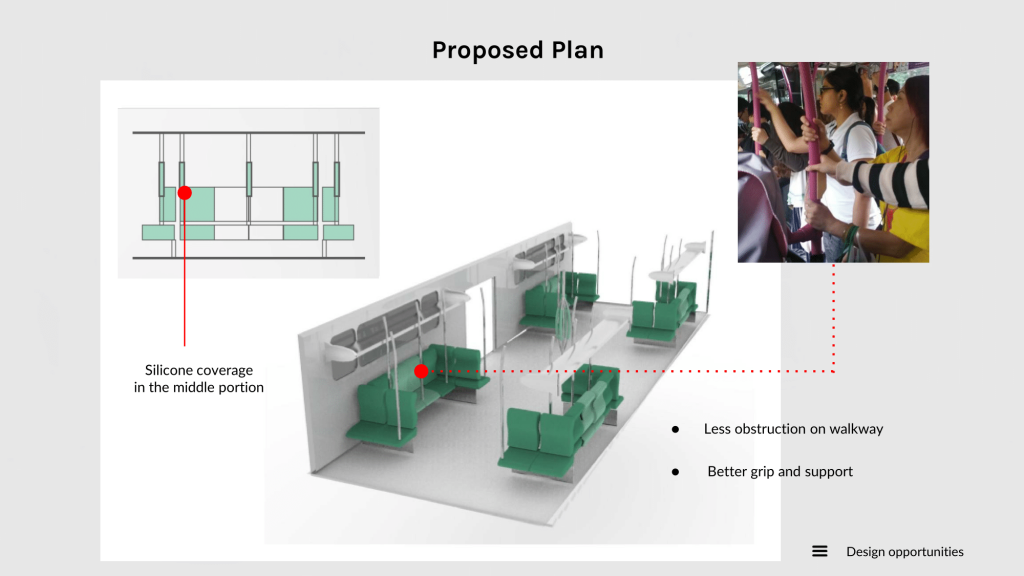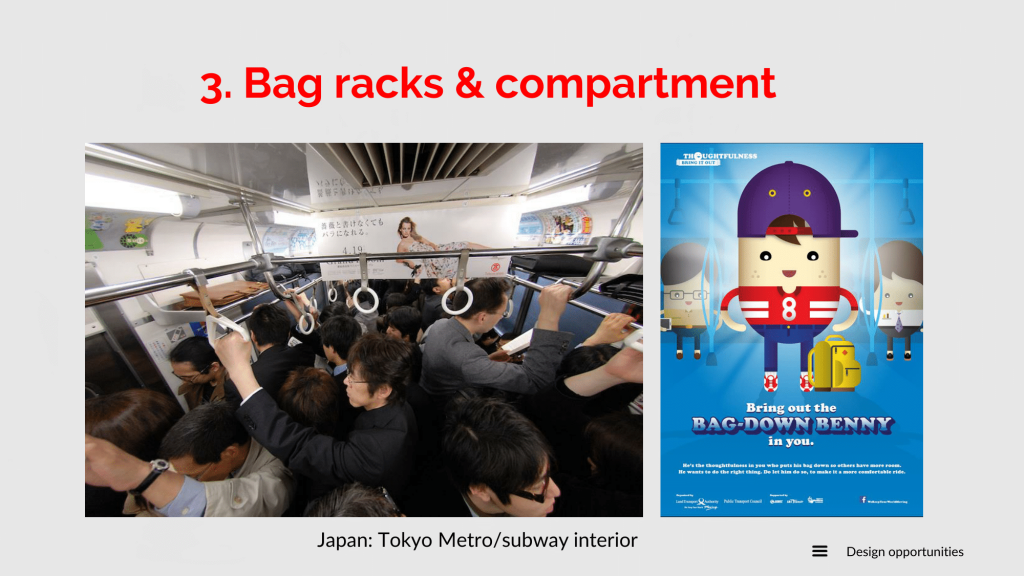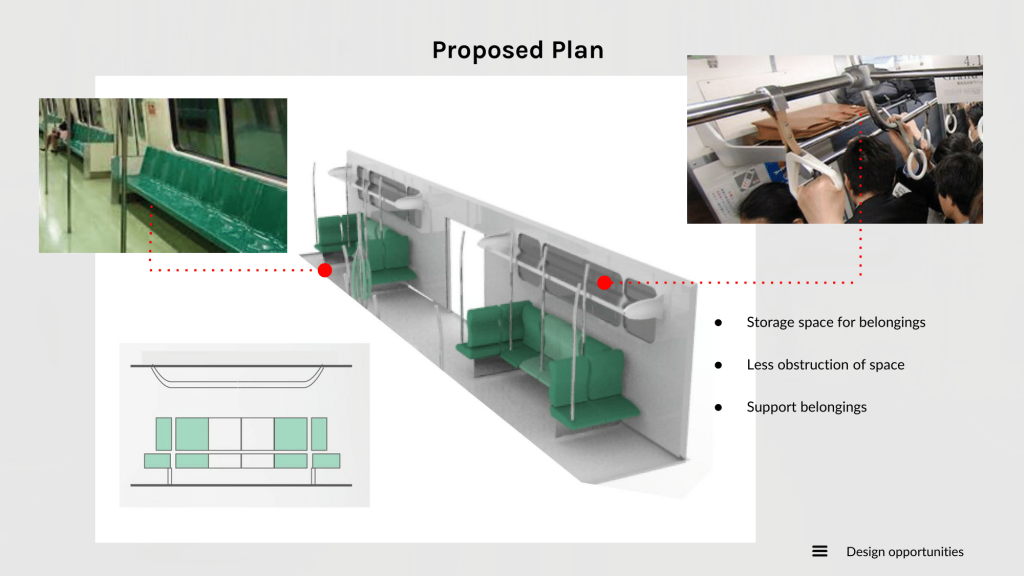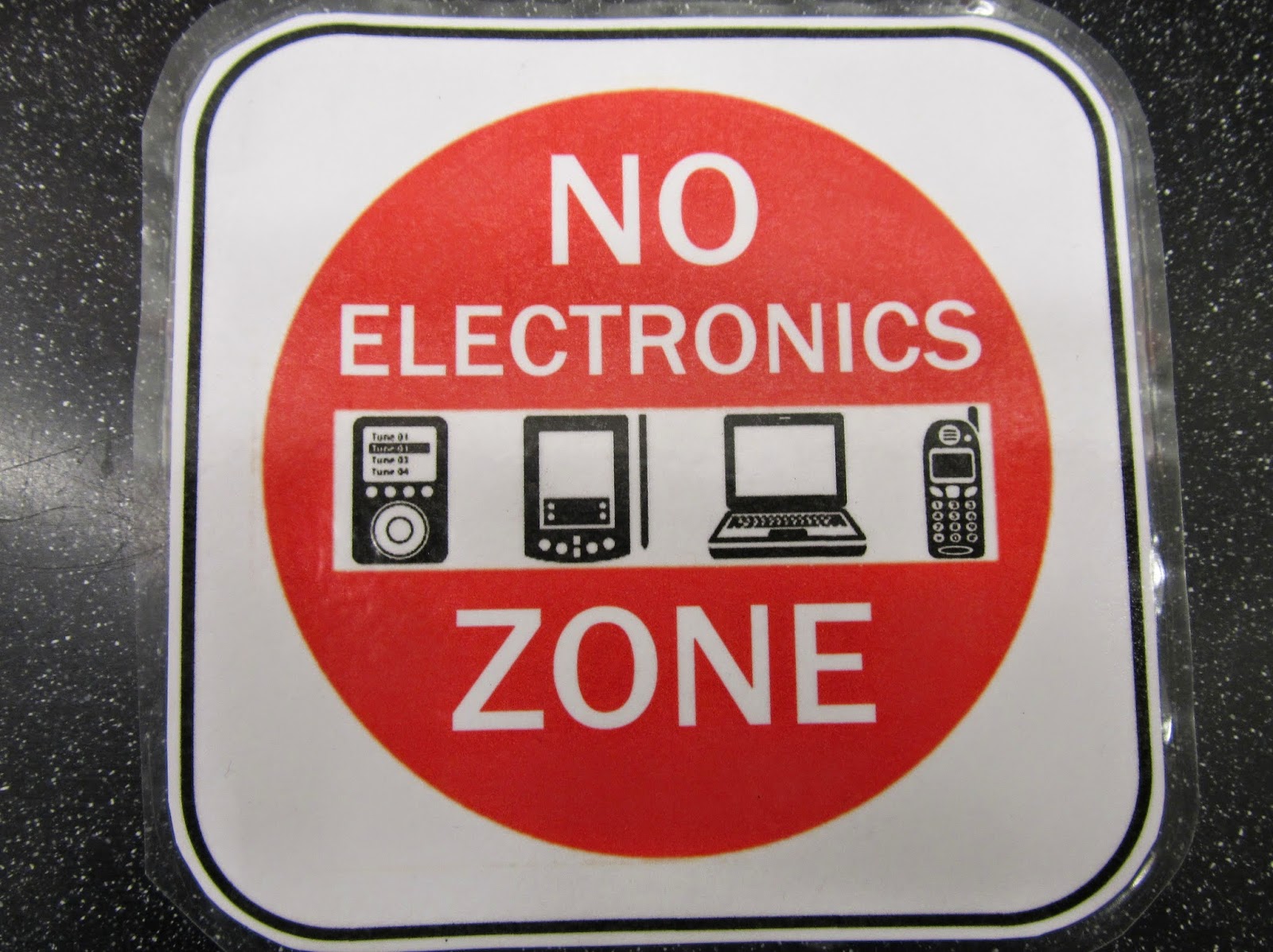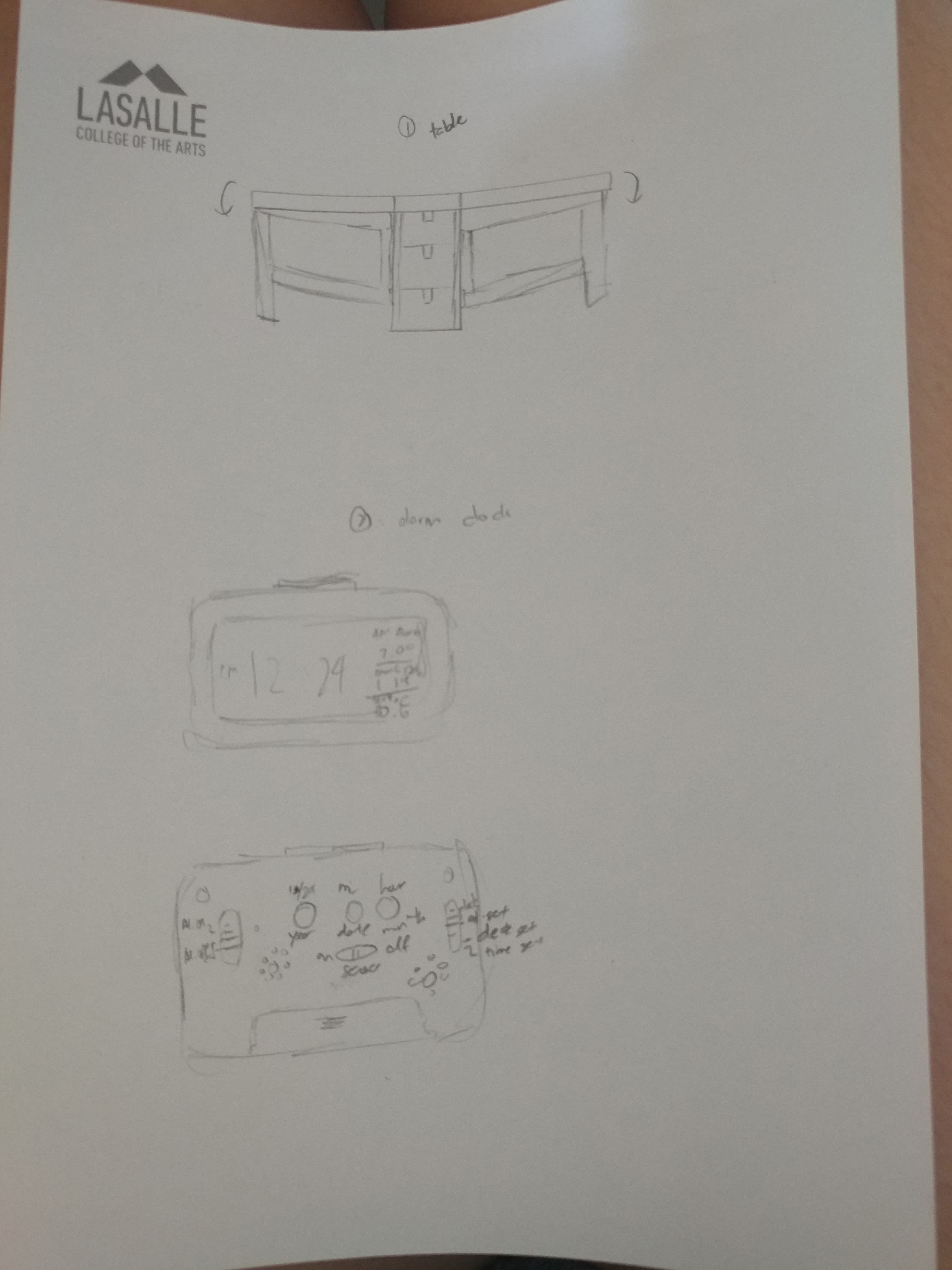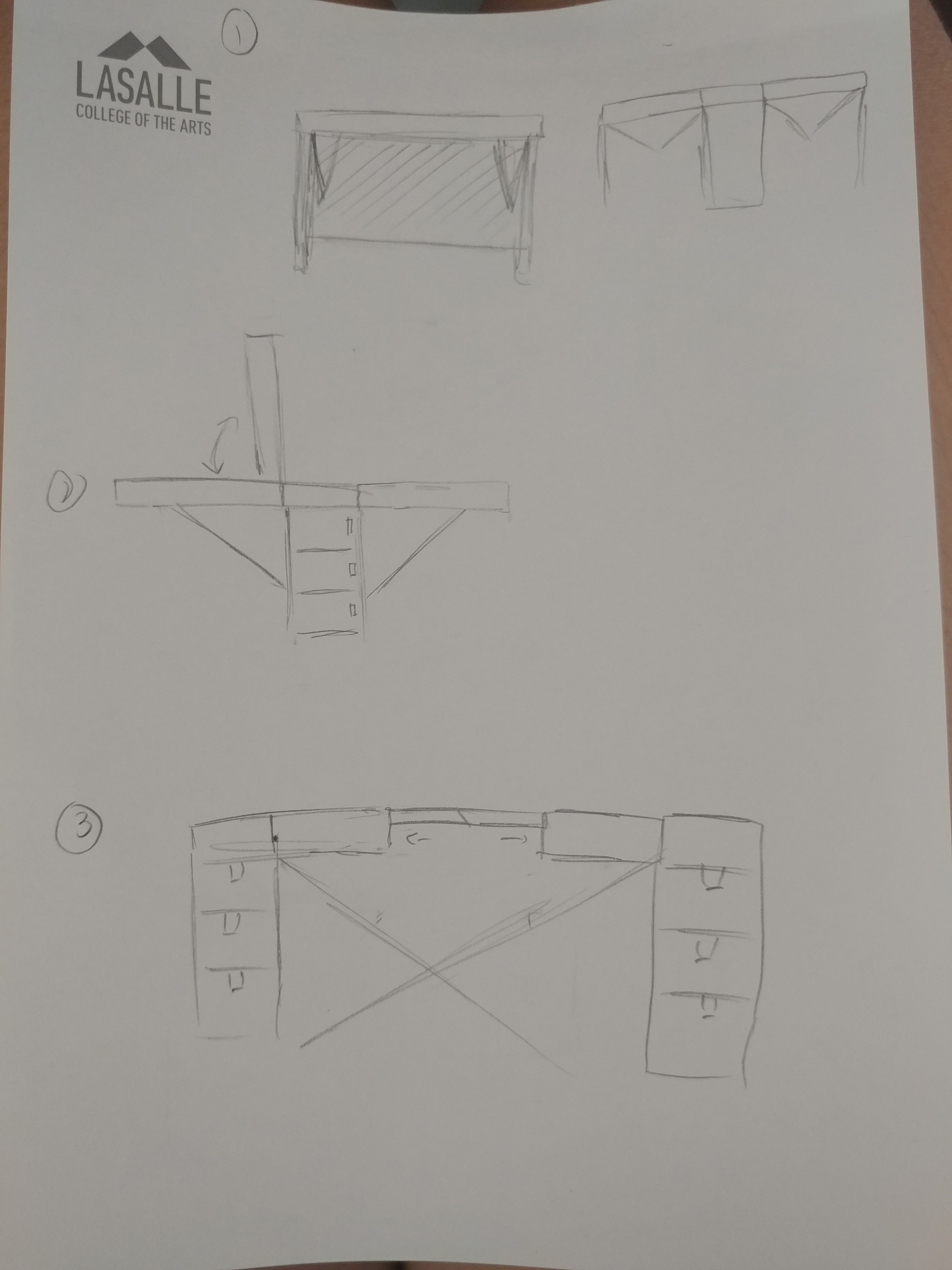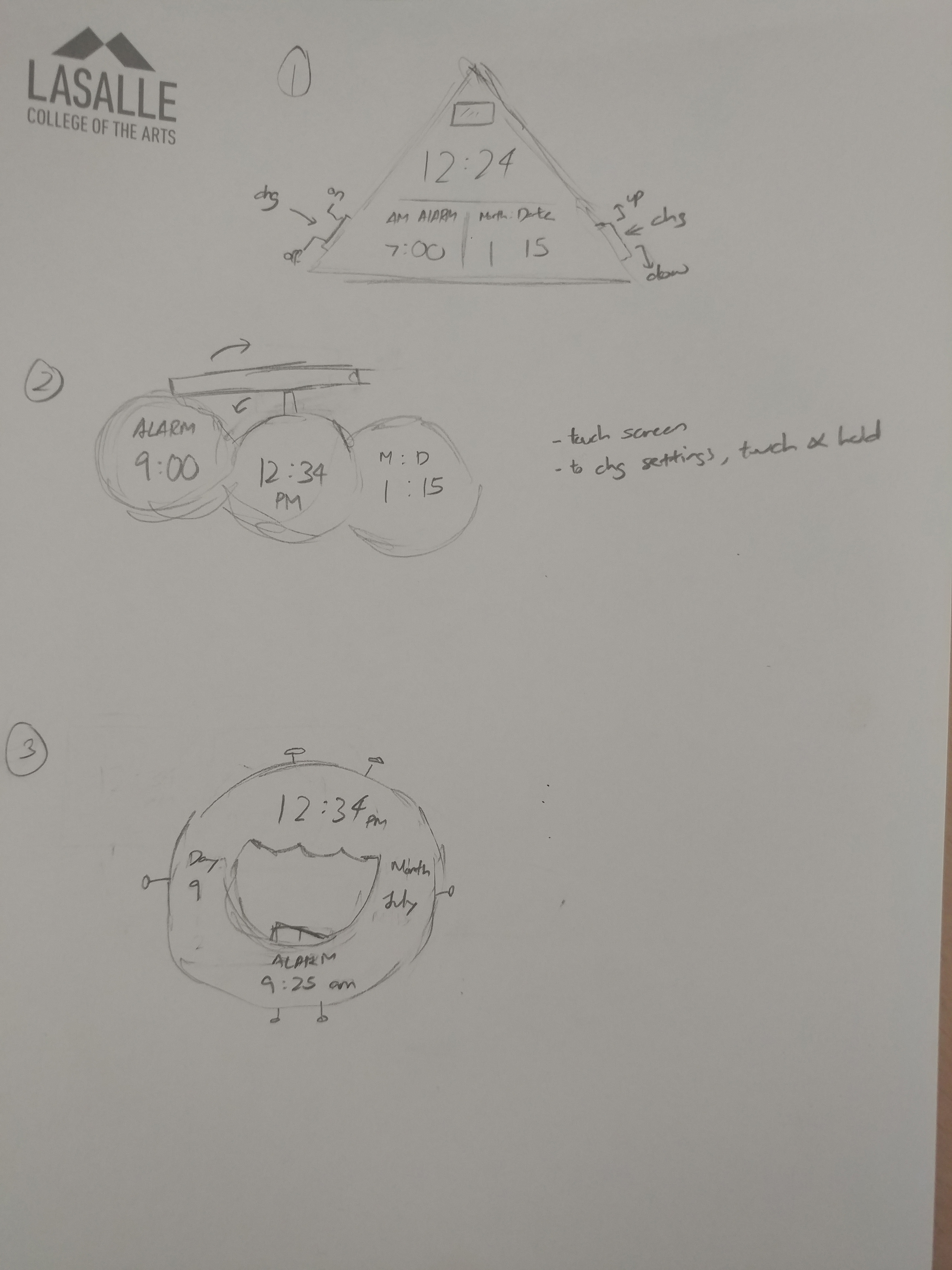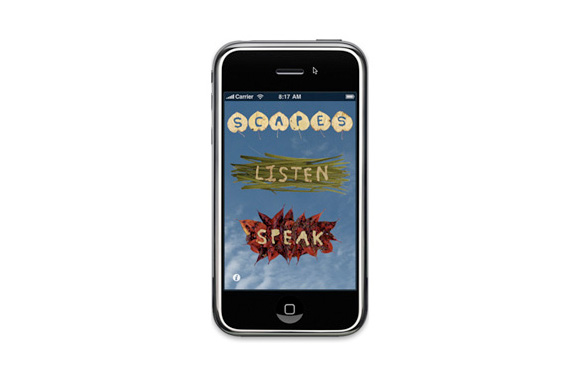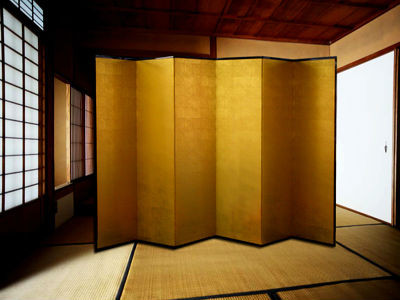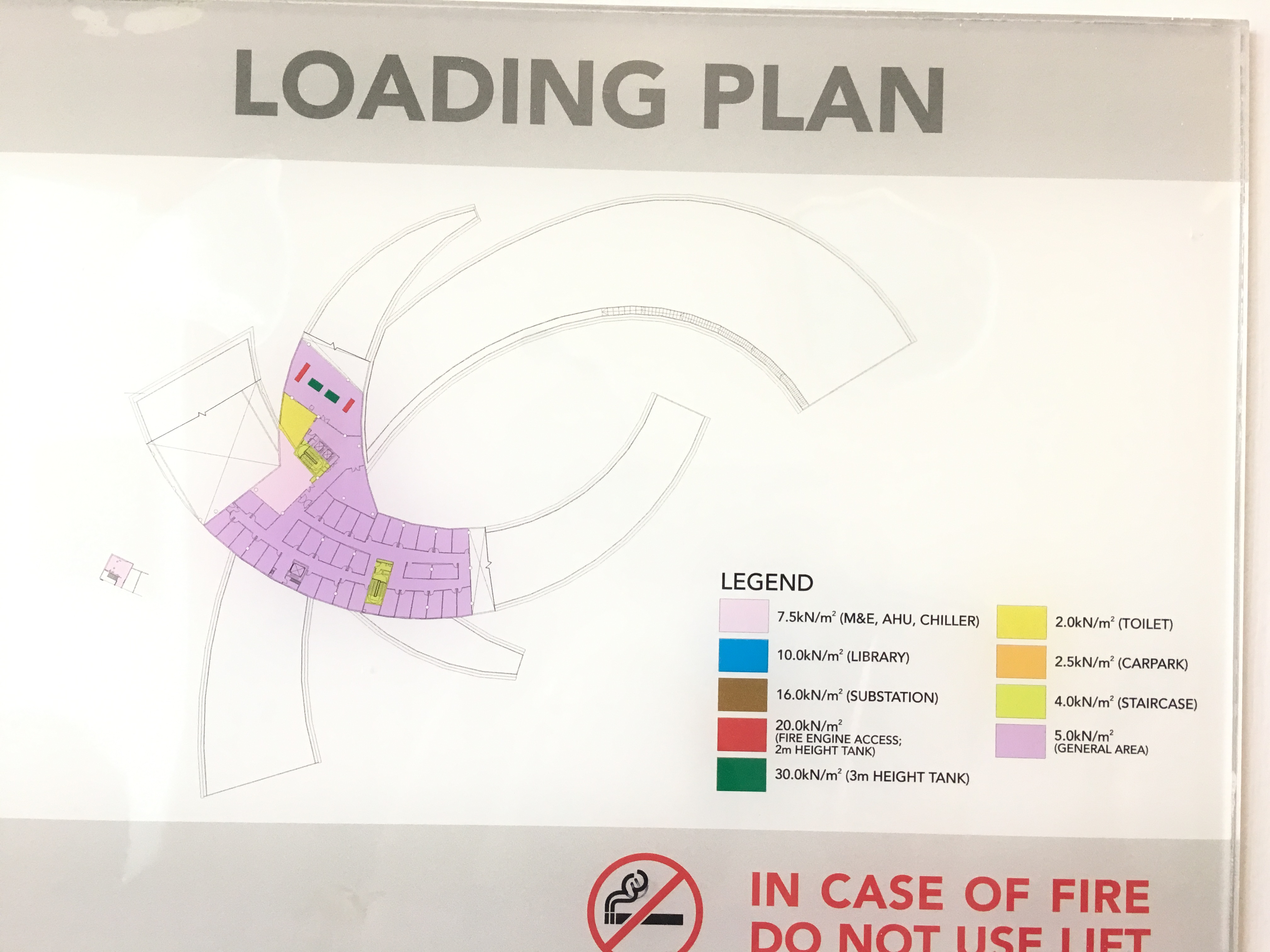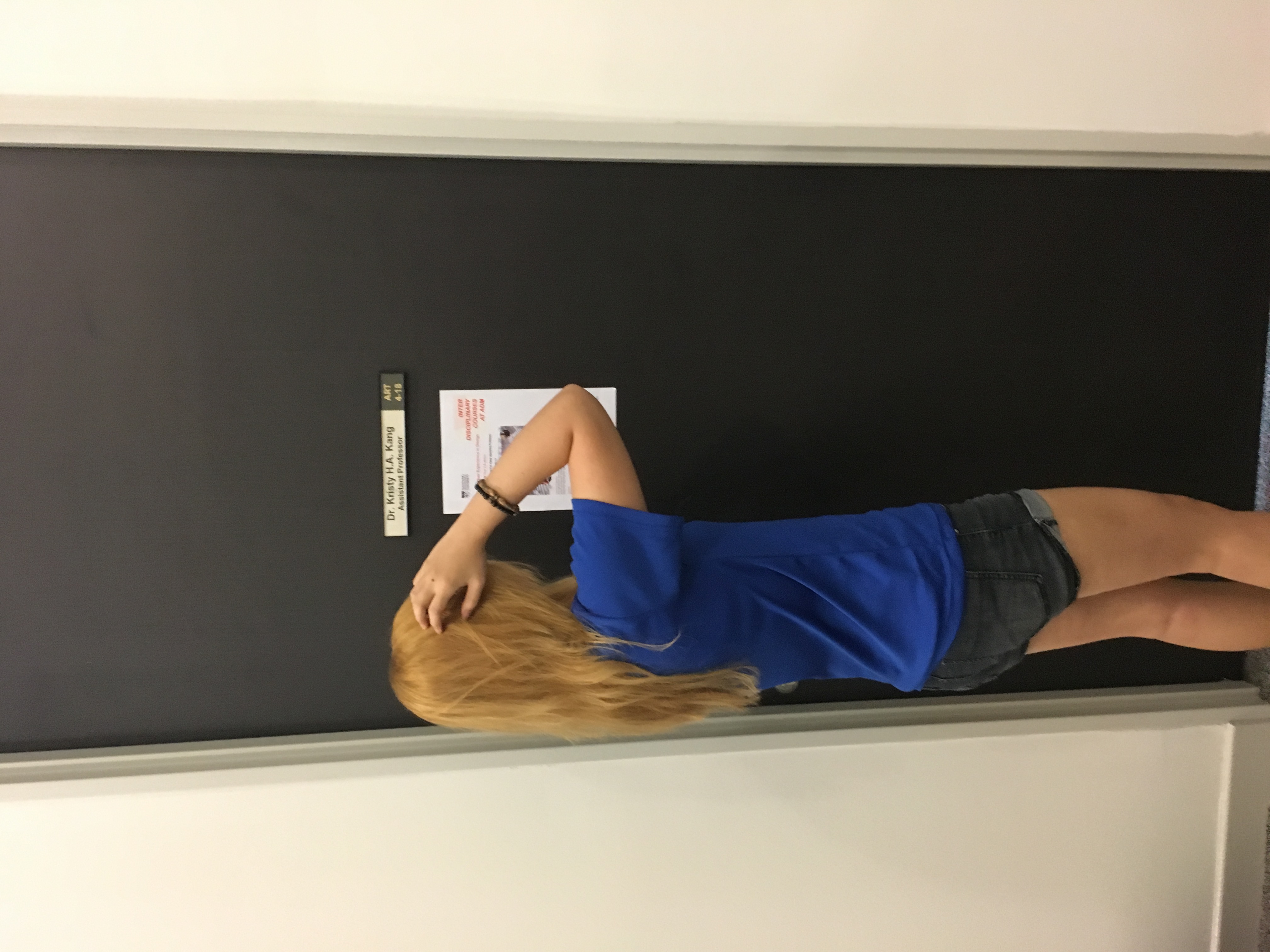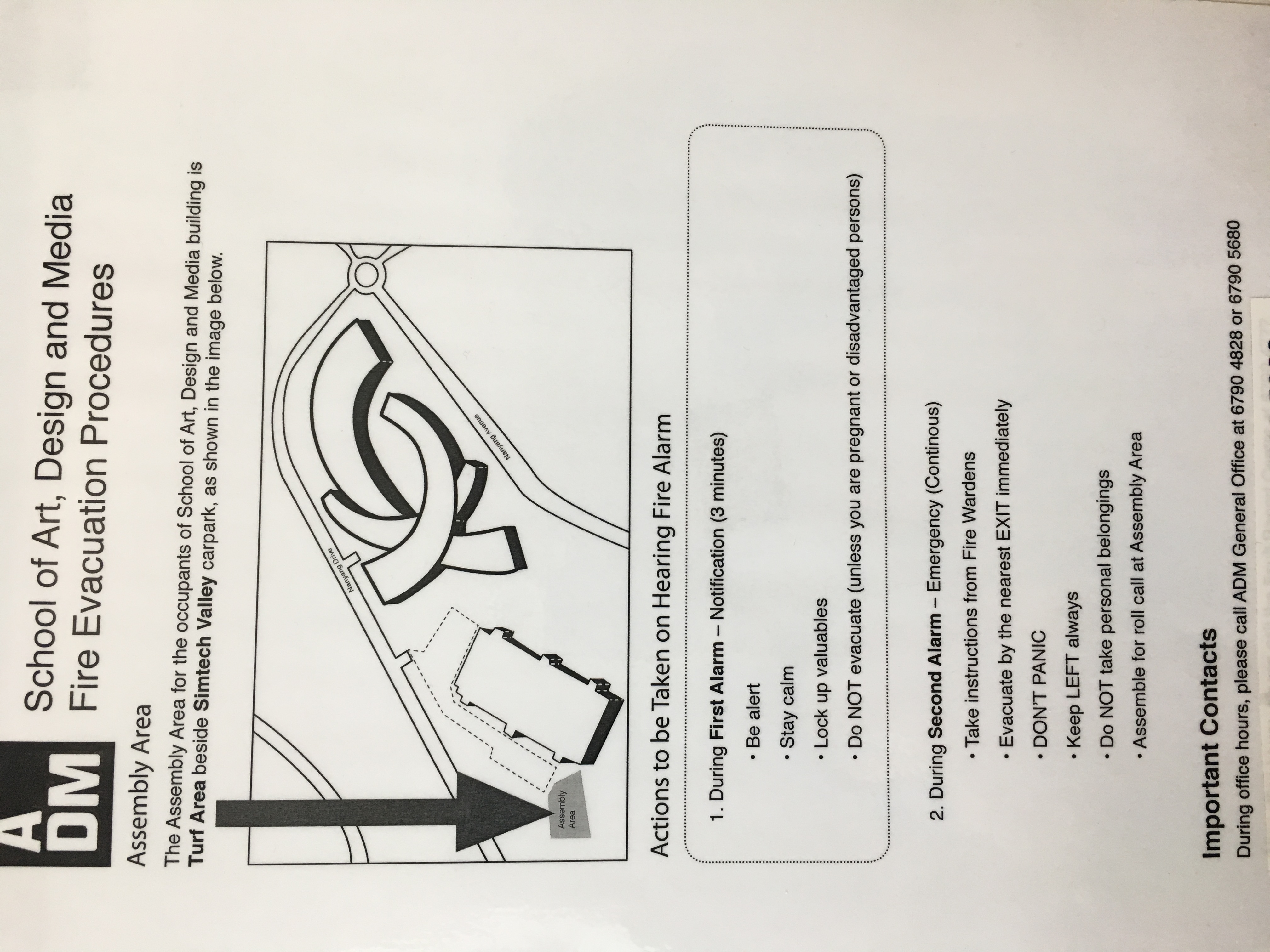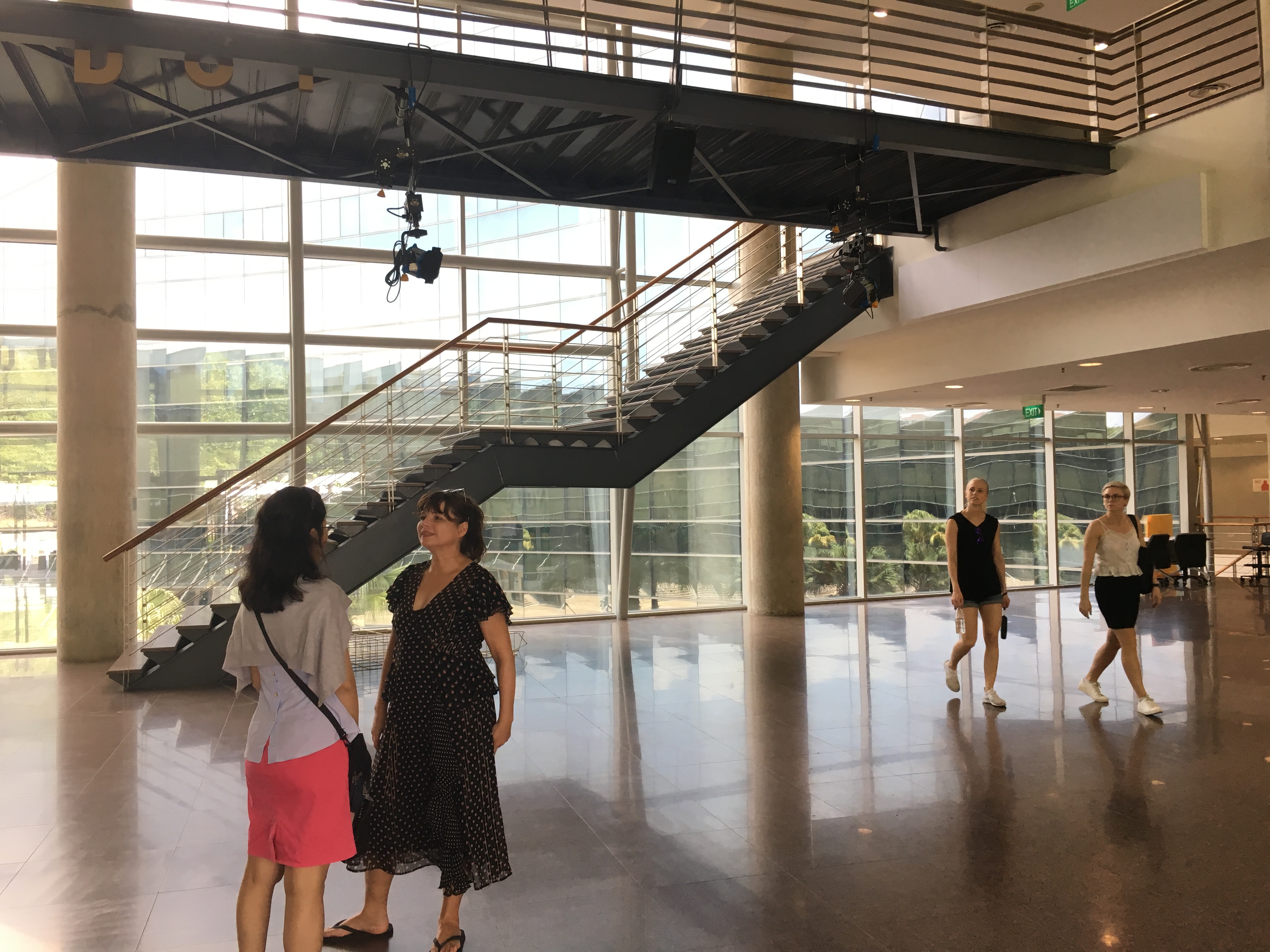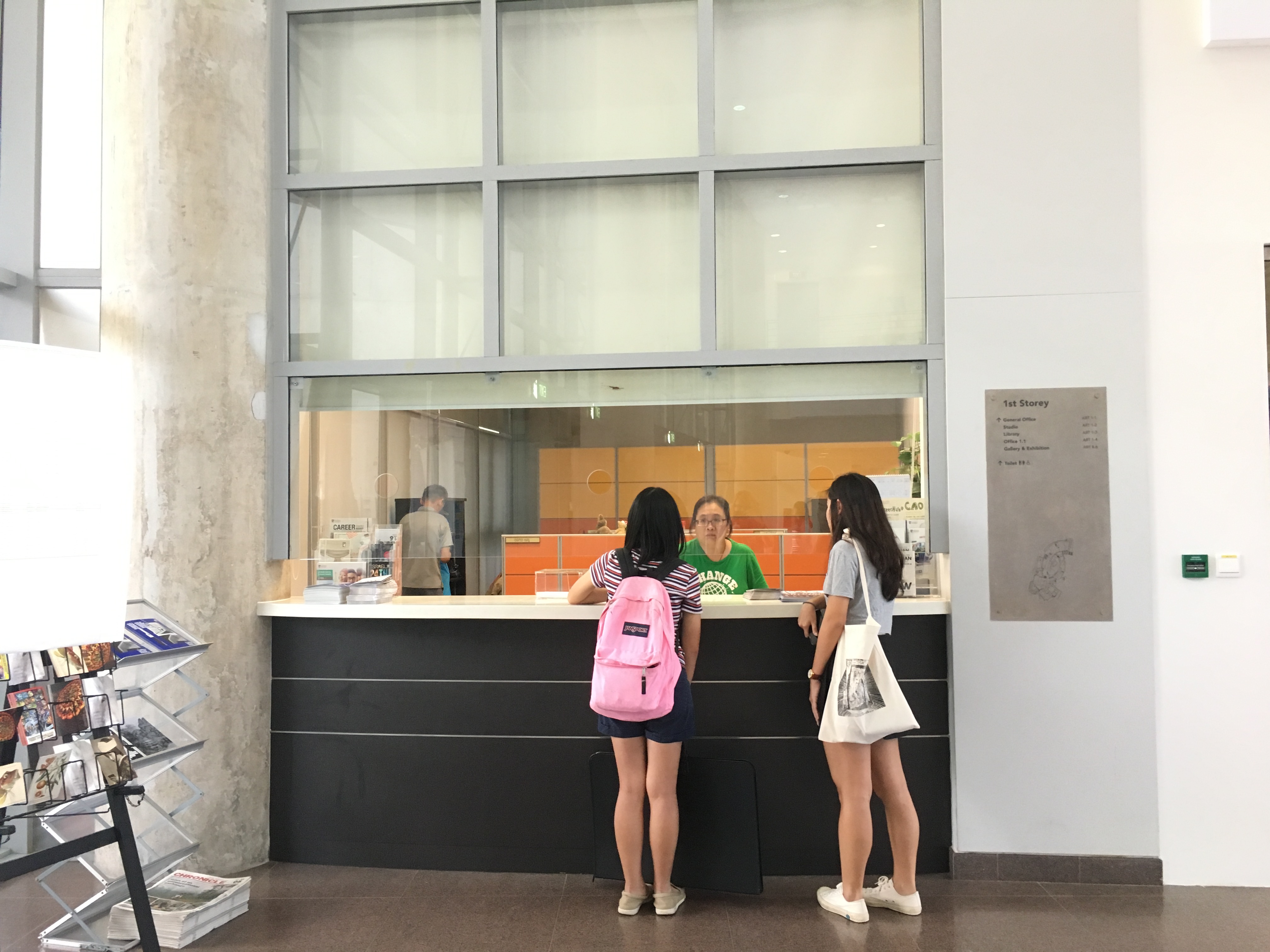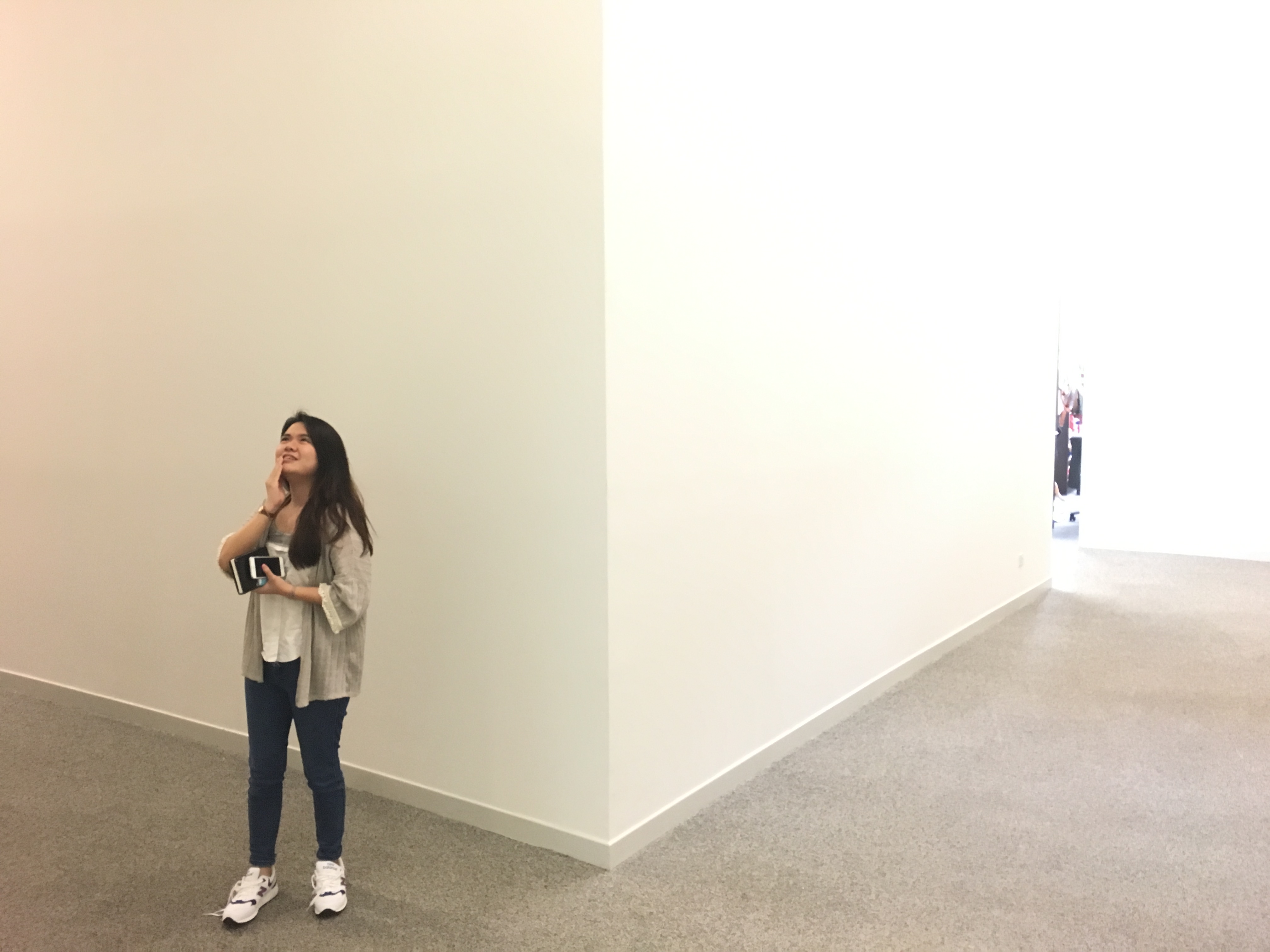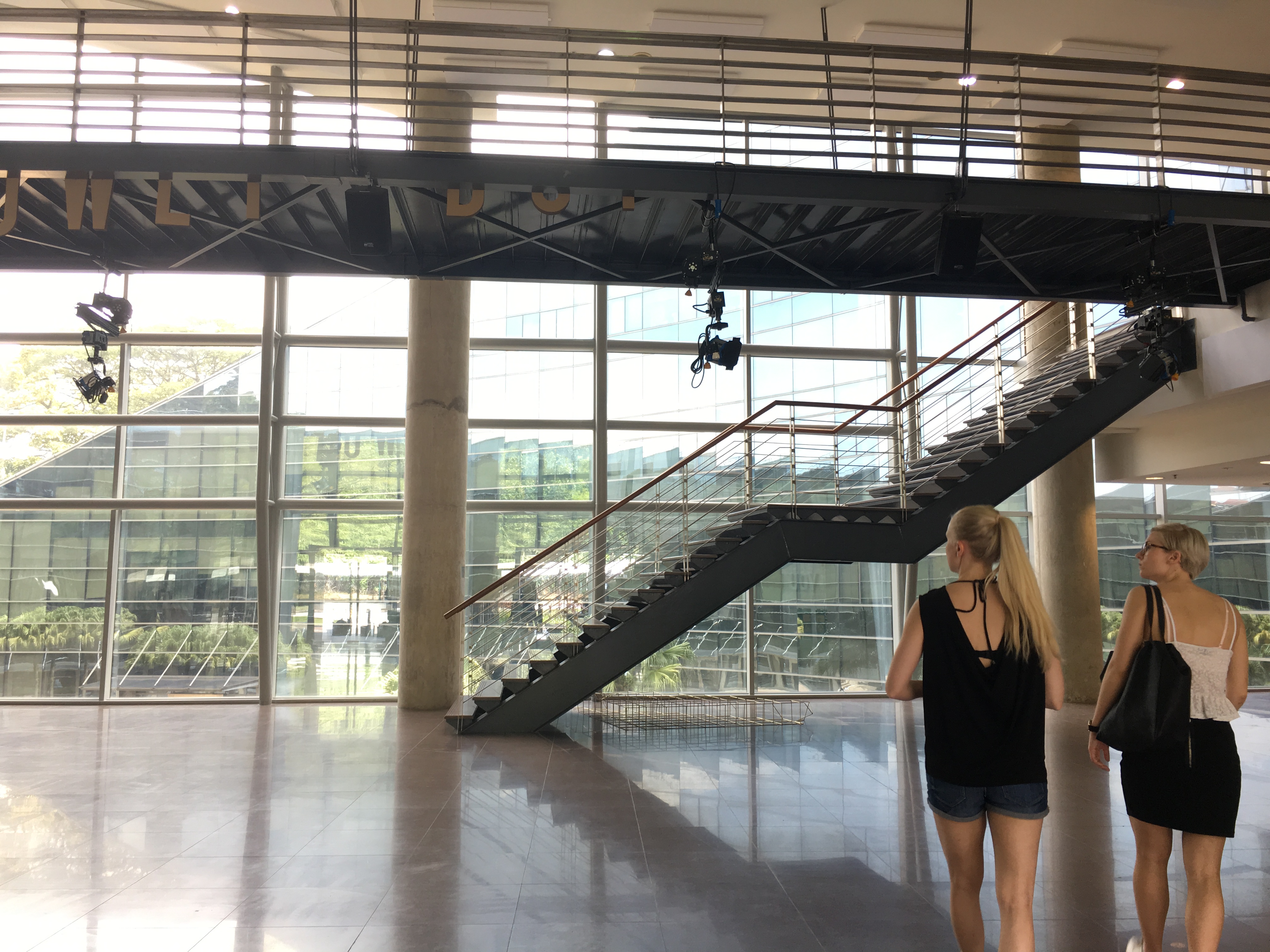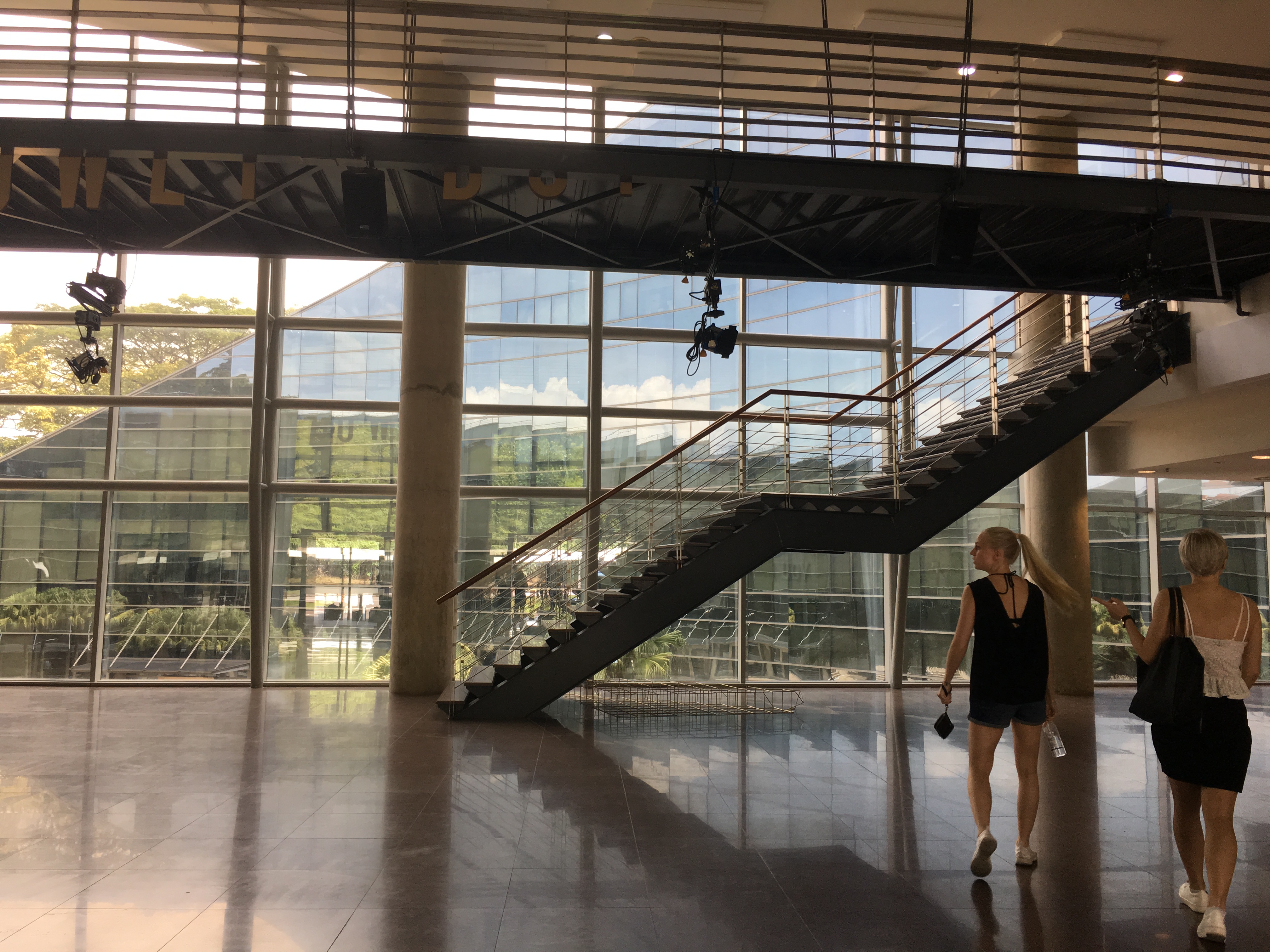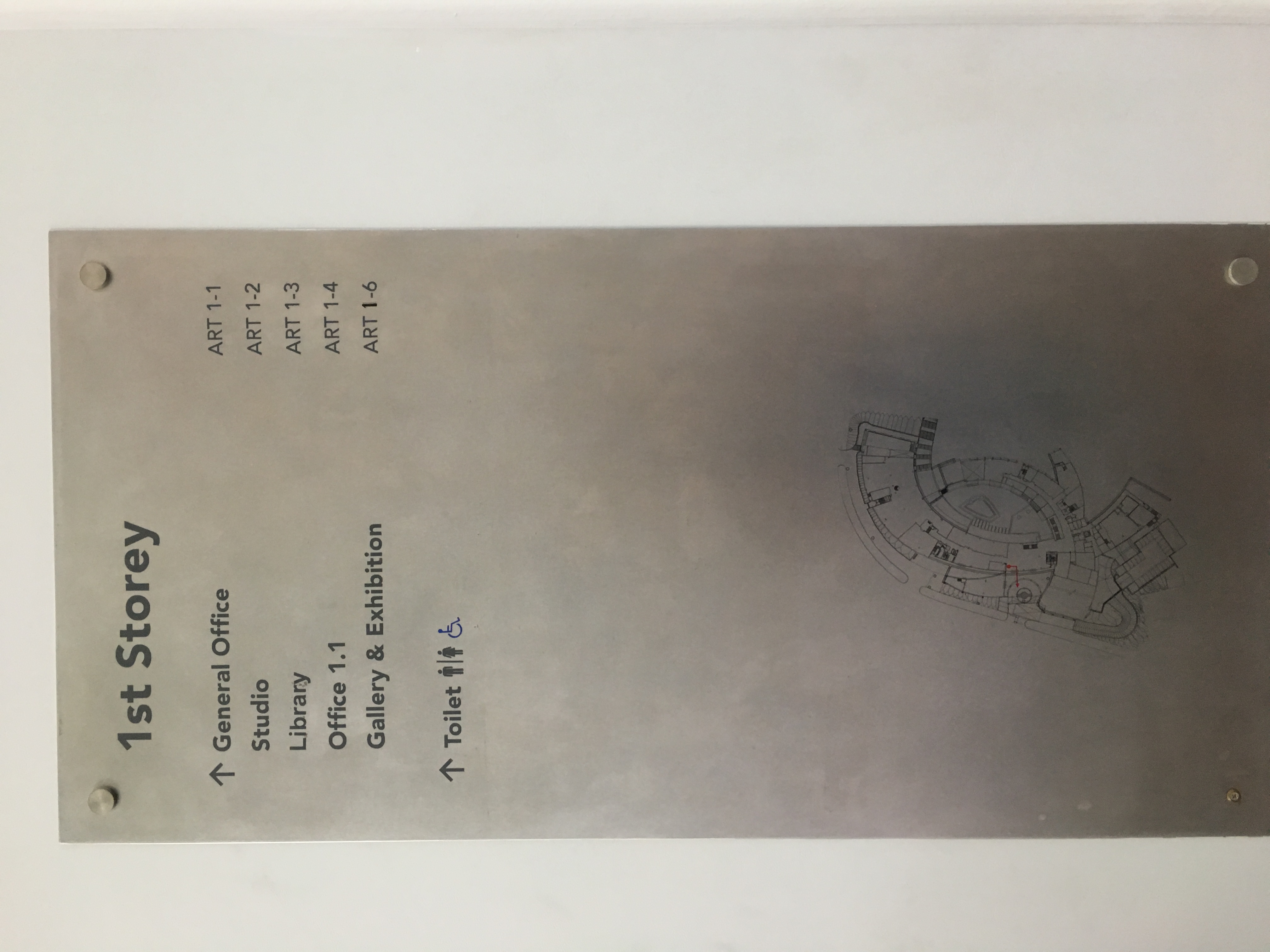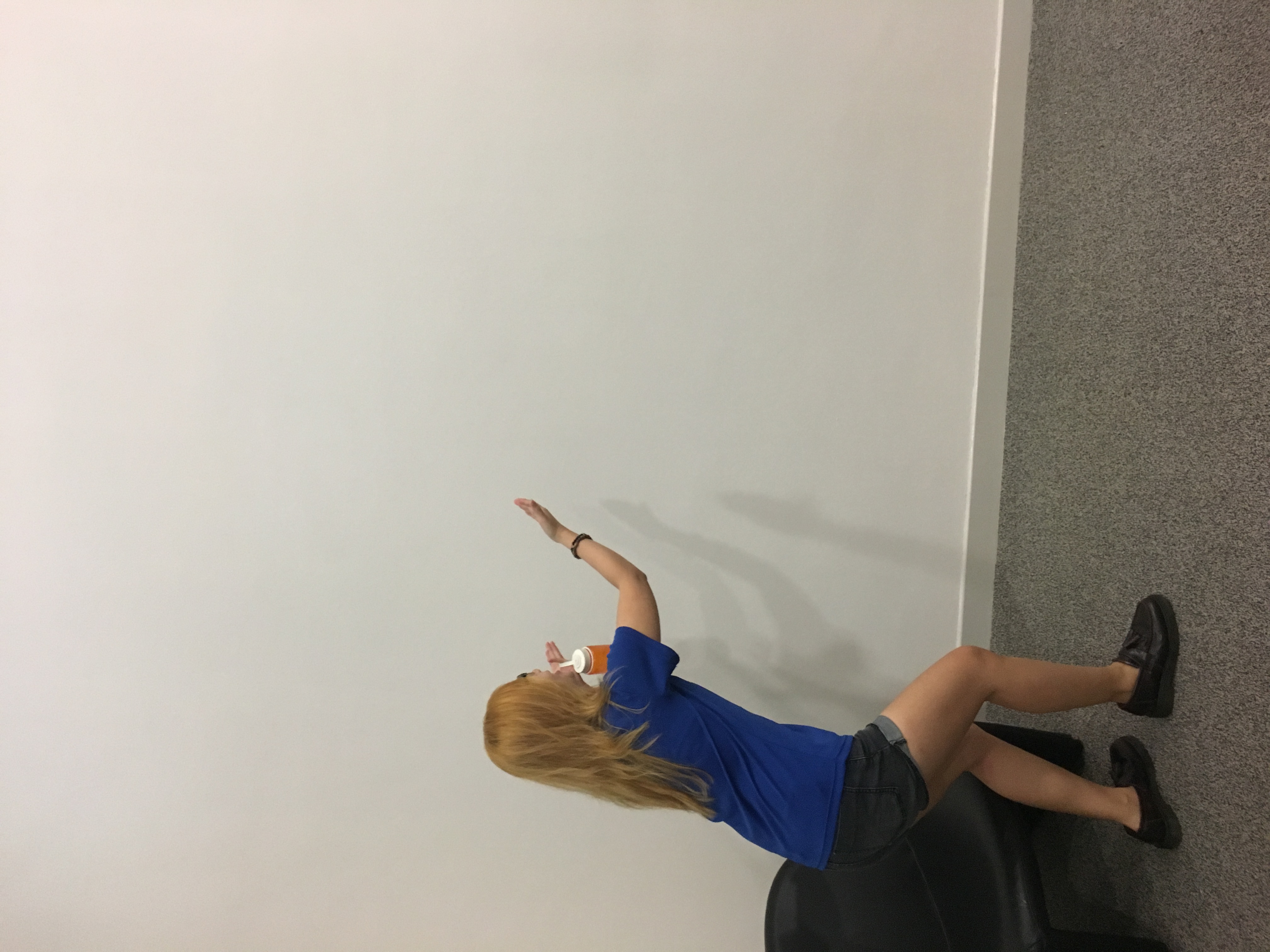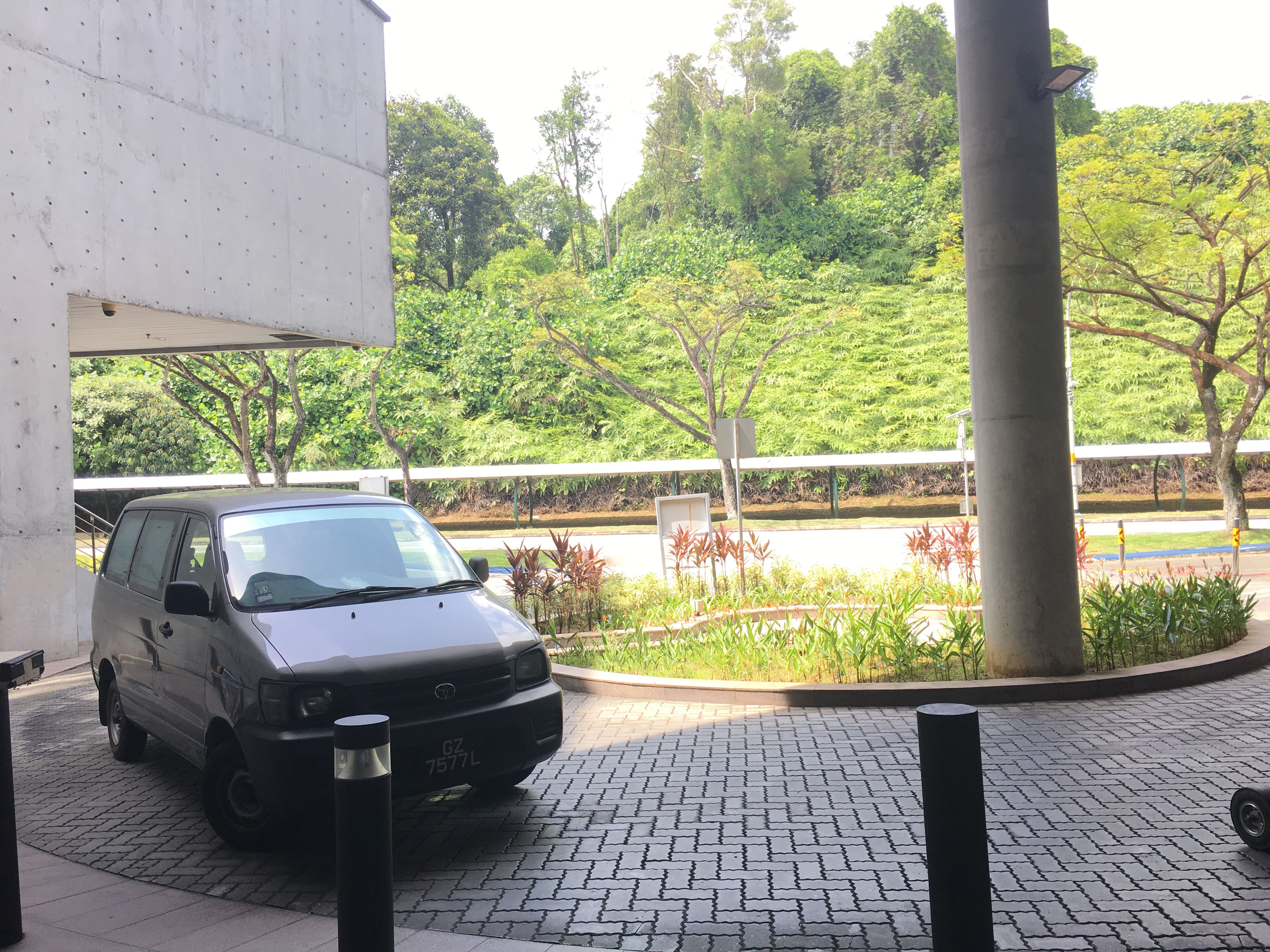Task: User Experience of Hawker Centers & Food Courts (choose your location!) and/or because its CNY, observe the differences in behavior among people. What changes from the everyday do you observe?Document your observations using a combination of photographs and/or video, audio recordings and notes in your journal. Observe the following: how do customers find what they want, find a place to sit, save a table, choose, communicate what they want and what languages are spoken, how do vendors advertise their products to customers, how do they compete with other vendors? Why might some places be more popular than others? What else do you observe in terms of user behaviors? Carefully observe both customer and vendor behavior and document them. Notice lighting, sounds, smells and other factors and how they might affect the way people experience their environment.
with Jie Lin / Fiona / Desiree
LOCATION: Blk 216 Hawker Centre @ Bedok North St 1
TIME: 2 March 2017, 1~2.45pm (7th day of Lunar New Year – still a rest day for most stalls)
Questions
- Document your observations using a combination of photographs and/or video, audio recordings and notes in your journal.
- Observe the following: how do customers find what they want, find a place to sit, save a table, choose, communicate what they want and what languages are spoken, how do vendors advertise their products to customers, how do they compete with other vendors?
- Why might some places be more popular than others?
- What else do you observe in terms of user behaviors?
- Carefully observe both customer and vendor behavior and document them.
- Notice lighting, sounds, smells and other factors and how they might affect the way people experience their environment.
Observations
- Location and accessibility
- Location of the hawker centre with relation to Bedok Mall and MRT is further, but within walking distance, than the other (newer) hawker centre in the vicinity, thus its patrons are more of nearby residents and people who are familiar with the area
- For people who are new to Bedok, there’s a huge billboard showing a map of the vicinity once you exited from the MRT station. Which is keep in sight ; within the range of visibility.
- Layout
- Straightforward layout of the hawker centre: old format of two long rows of stalls in the centre and seats all surrounding it thus it is easy to navigate around the place, just finding walking along the stalls to find what they want to eat
- It is not possible for one to see all the stalls at once, unlike in most food courts where the stalls are arranged in a semi-circle format
- Open style of the hawker centre means that the stalls and seats are also directly visible once you enter the place. Easily known to any passerby that it’s a hawker centre, a place to have meals; like an open invitation to the place, anybody is free to enter
- People are simply find any free seats to sit at and when there are no complete full tables, it is socially acceptable to ask for permission to existing patrons to share tables
- There’s also a section in the hawker centre dedicated to Malay halal cooked food
- The hawker centre selling only cooked food is also next to a wet market selling a variety of ingredients and groceries which comes with great convenience for both stall owners and patrons as many residents would have their breakfast at the hawker centre right after doing their daily morning grocery shopping at the wet market – experiential package
- Atmosphere
- The hawker centre has an open format. This also allows ventilation of the place and is quite breezy and not too warm
- As the hawker centre was renovated a few years ago, the entire structure and place looks rather clean and bright, and it’s rooftops are free of dust and are still white albeit it’s an old hawker centre. Thus it looks bright and inviting.
- Cleaners are present, pushing their carts and equipments to clean up tables by tables yet they are often not cleaned fast enough and many tables around our seats were left with empty bowls and pieces of leftovers, attracting lots of crows/birds.
- Customers are expected to return their trays after finishing their food, but in this hawker centre, it is common to see people not returning their trays.
- Languages spoken: communication there is mostly and instinctively in Chinese as long as vendors assumed patrons are Chinese. English or Singlish/broken English are used only when they meet customers of other races
- Stalls and signage mostly bilingual or primarily Chinese which comes with photos of the food but a lot of stalls don’t have their menu fully and comprehensively displayed. Hence this might be difficult for foreigners to know what is for sale, etc.
- Crowd
- Even though we were there during lunch hour, half of the stalls there were closed as most stalls are still closed for CNY – to seven days
- But that doesn’t lessen the crowd during lunch hour
- CNY decorations still around the place
- The crowd rapidly subsides and most remaining stalls declined orders as they have ran out of food and drinks as it approaches 2pm and by close to 3pm, almost all stalls all close though some people still lingered around chatting in groups (including us)
- Experience of buying food from stalls
- We also noticed a new stall which is ran by a group of young people selling umeboshi rice
- Customer service: duck rice stall – efficient as each person at the stall had their own jobs and quick to serve as the uncle quickly and enthusiastically took our orders and the food was prepared fast, there was even a helper who prepared the cutleries for us (which is unusual for hawker centre service)
- When I was queuing up to get my food, I observed that the queue formed before me were mostly regular customers as they greeted the shop tenders with chinese new year greetings as they make their orders. Little conversations and exchange took place before return back their seats with their food. (Overheard the shop tender asking one of her customers which I believed to be a frequent customer, whether he is going with his usual orders for his mother.)
- While waiting to place my order, I noticed a man coming forward to cancel his order due to the long wait, the shop tender apologized for the wait and return him his money promptly while she gently assured the rest of the customers in the line.
- Despite it being CNY, I can still see a number of queues formed in front of some food stores. And some stores came up with little strategies to keep track of their customers’ order as well as to minimize any wrong orders by distributing queue numbers and calling out the number when it’s done. This allows customers to return to their seats to wait before they are called back to collect their orders. (I feel that this is only applicable to people who are seated nearby, within the range of visibility)
- It’s true that in Singapore, sometimes we joined in queues out of curiosity. The general instinct every time I arrived at a new hawker/food venue is to stroll through the place and look for the food stores with the most amount of people queuing up, then pop in and join the line!
- I remember years ago, where ‘self-service’ was less common and hawker tables were all embedded with numberings for shop tenders to serve efficiently however, nowadays the ‘self-service’ signs were displayed in most of the stores.
Images taken by Desiree and Jie Lin.
